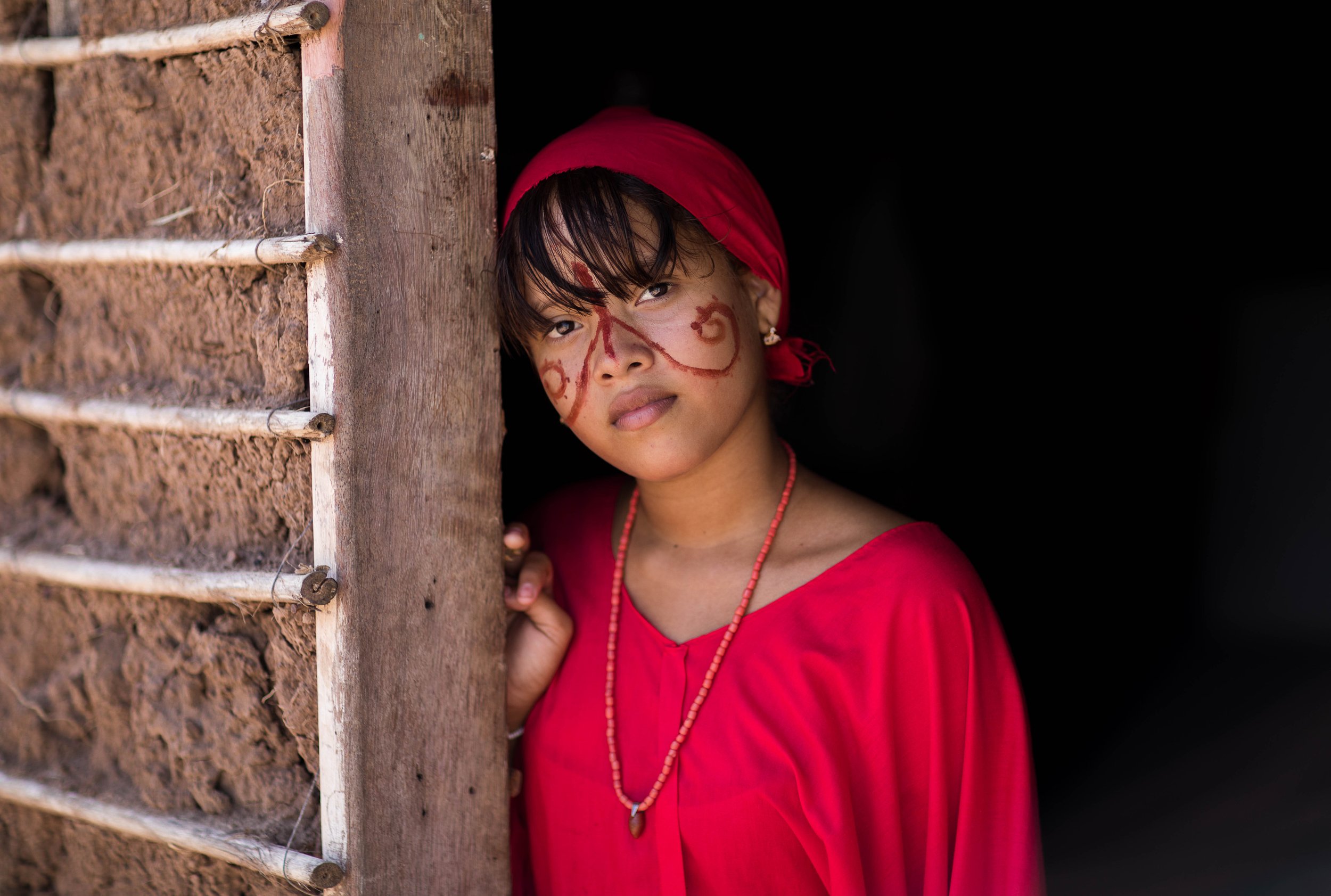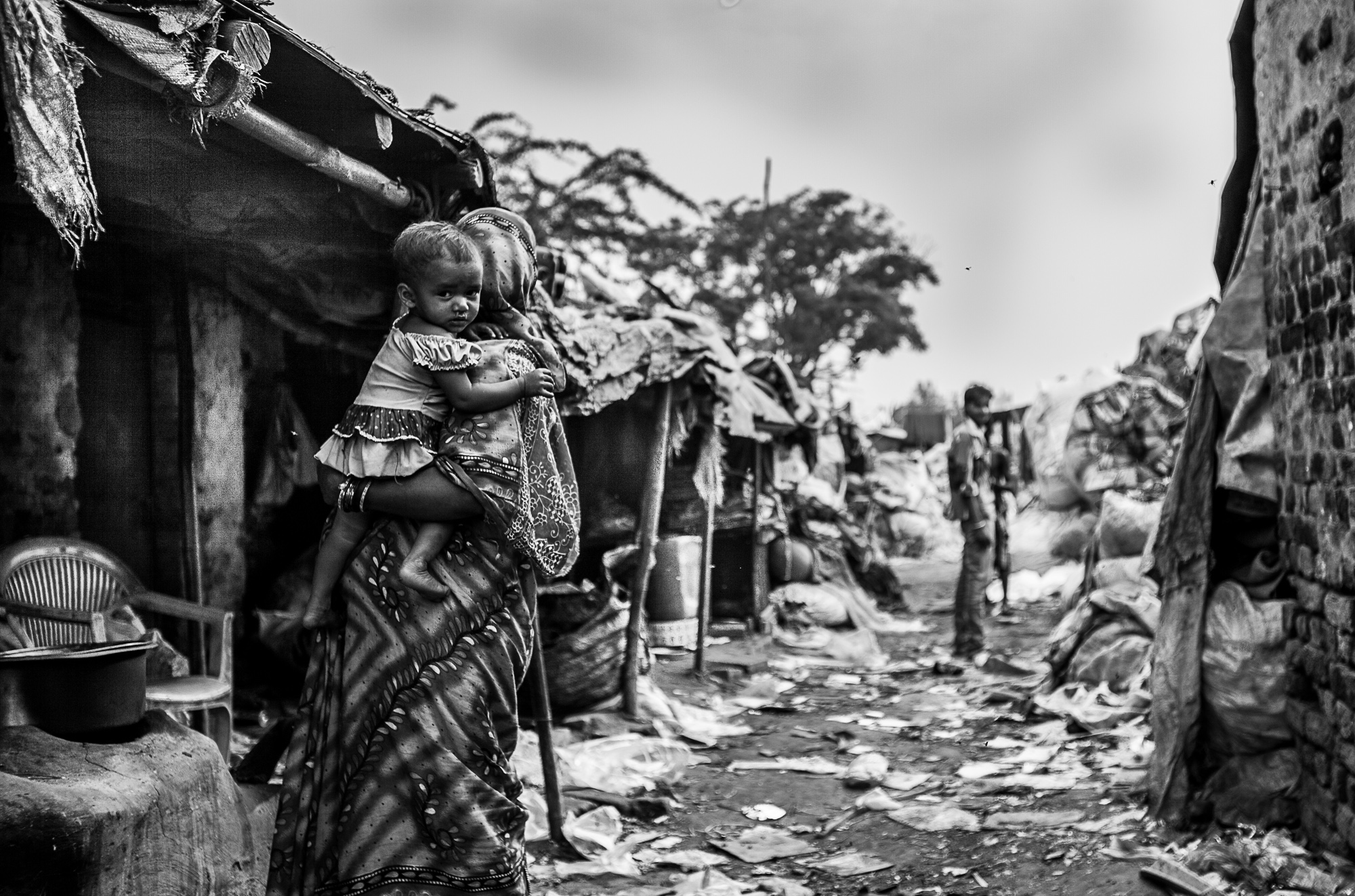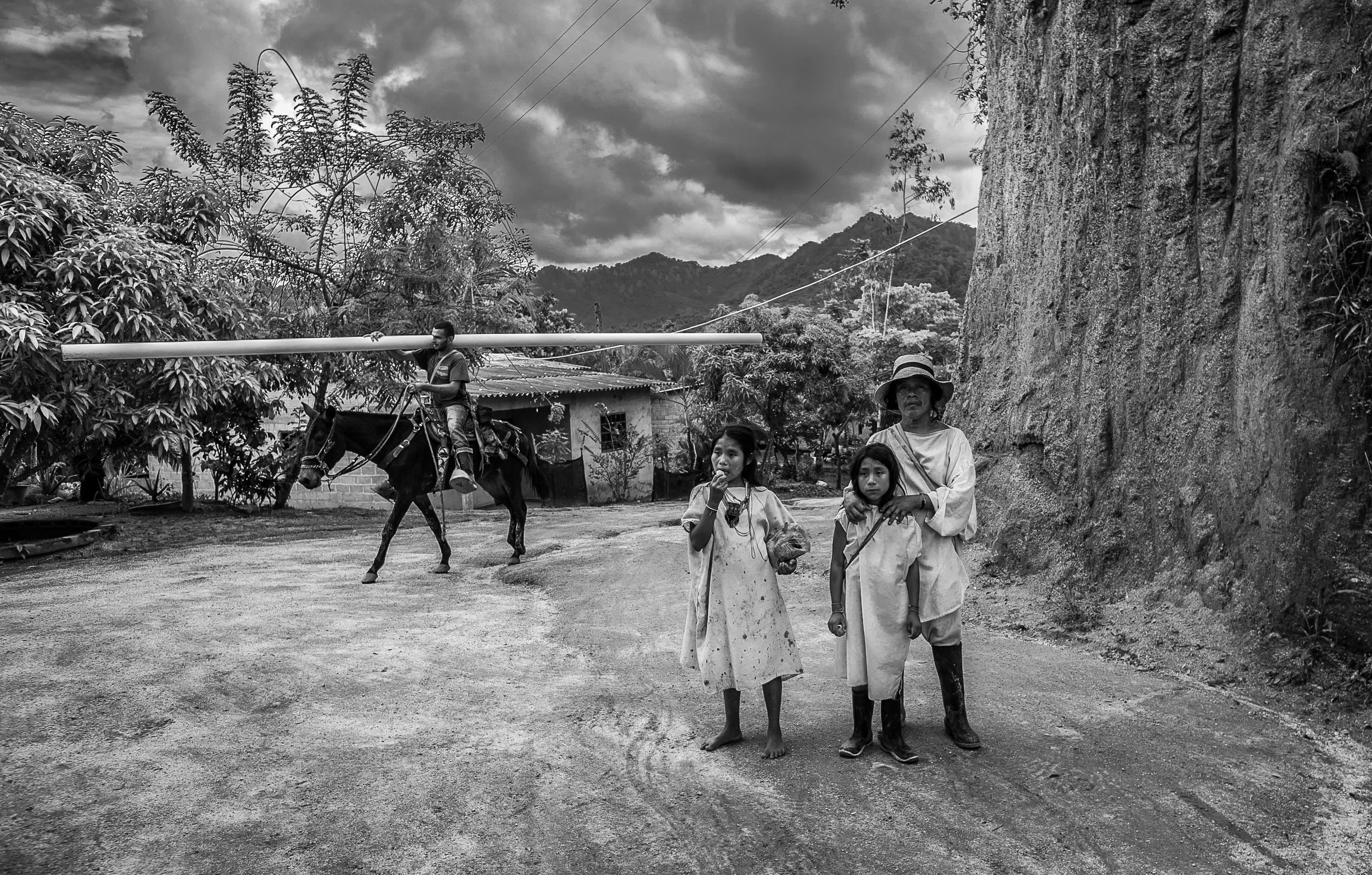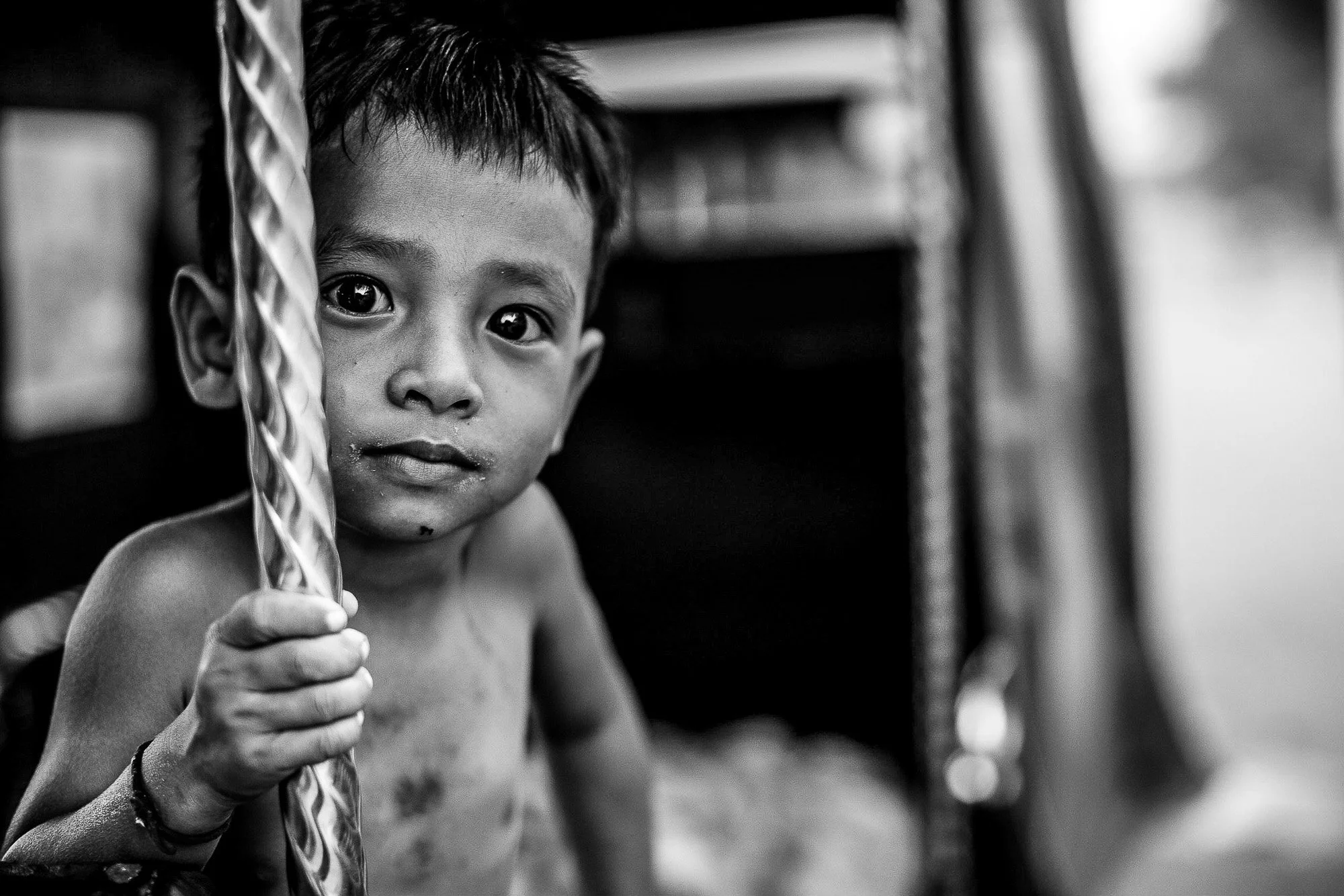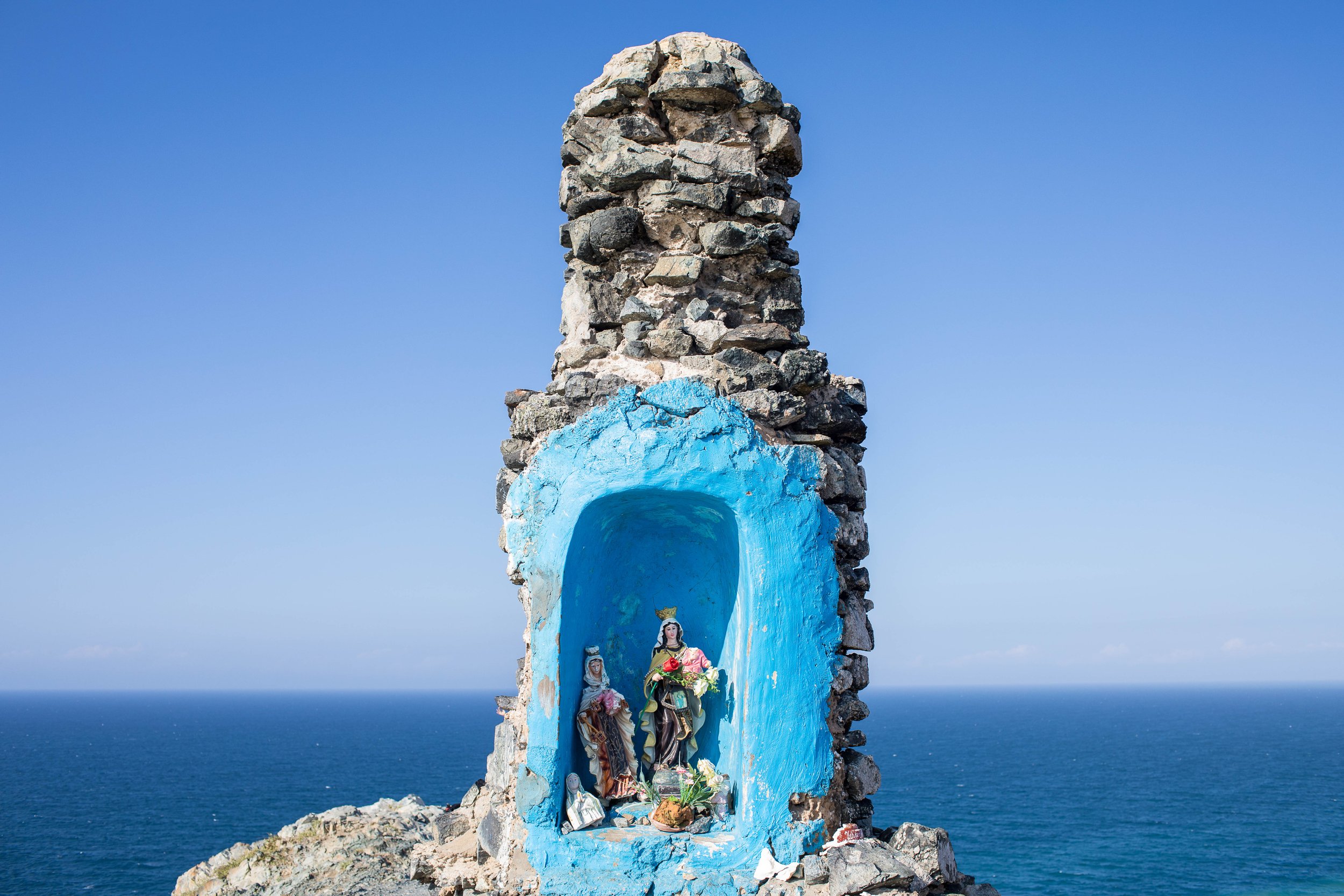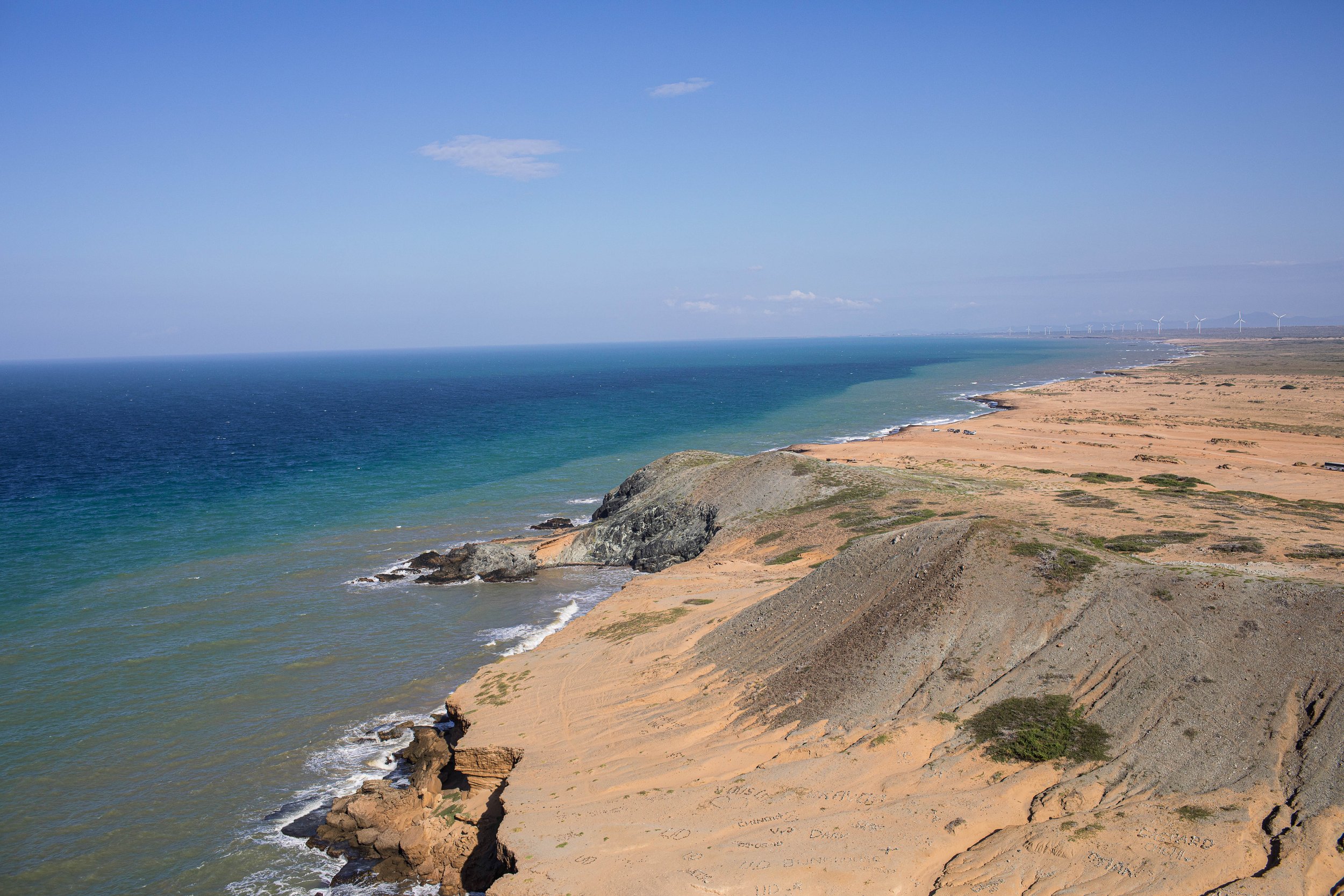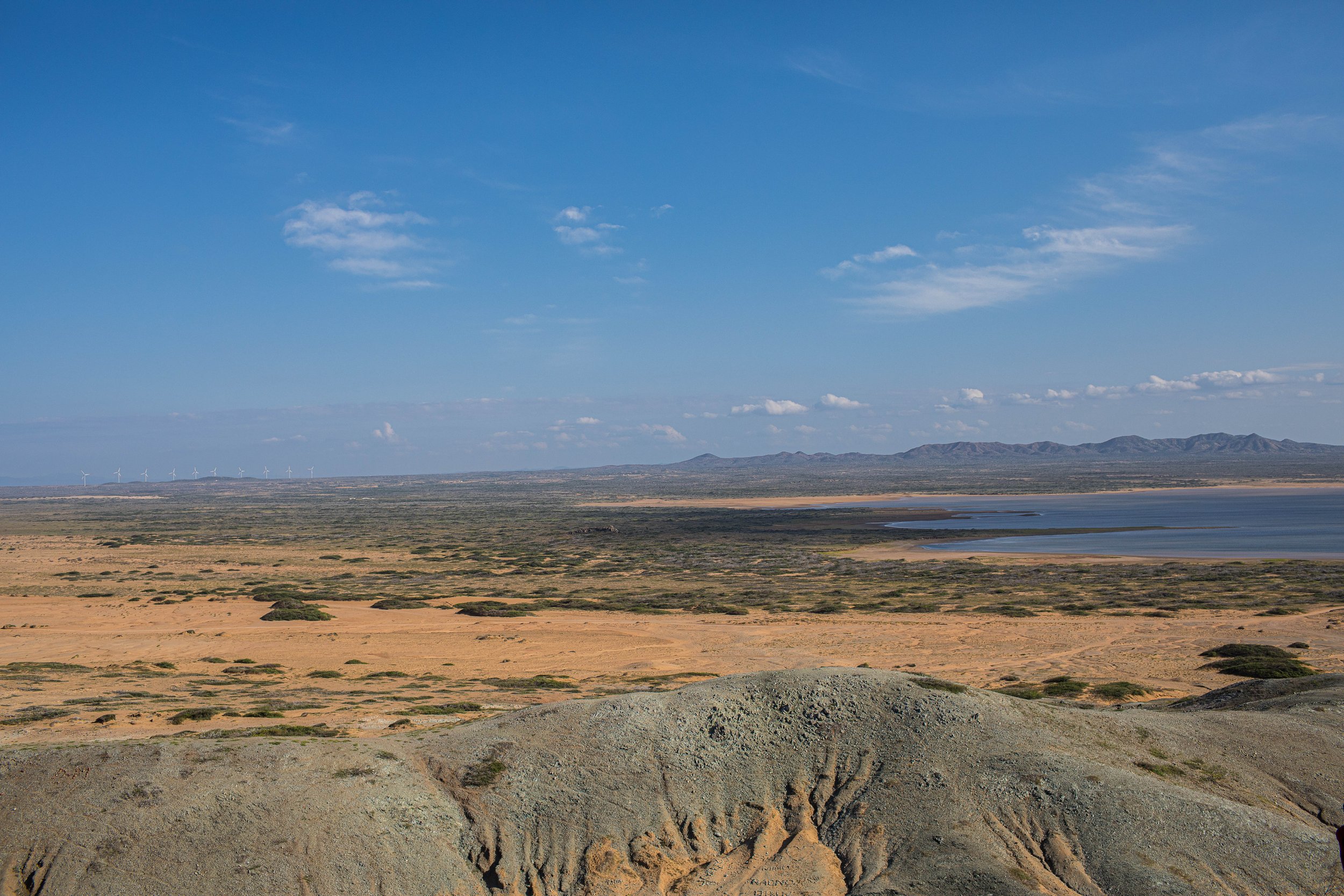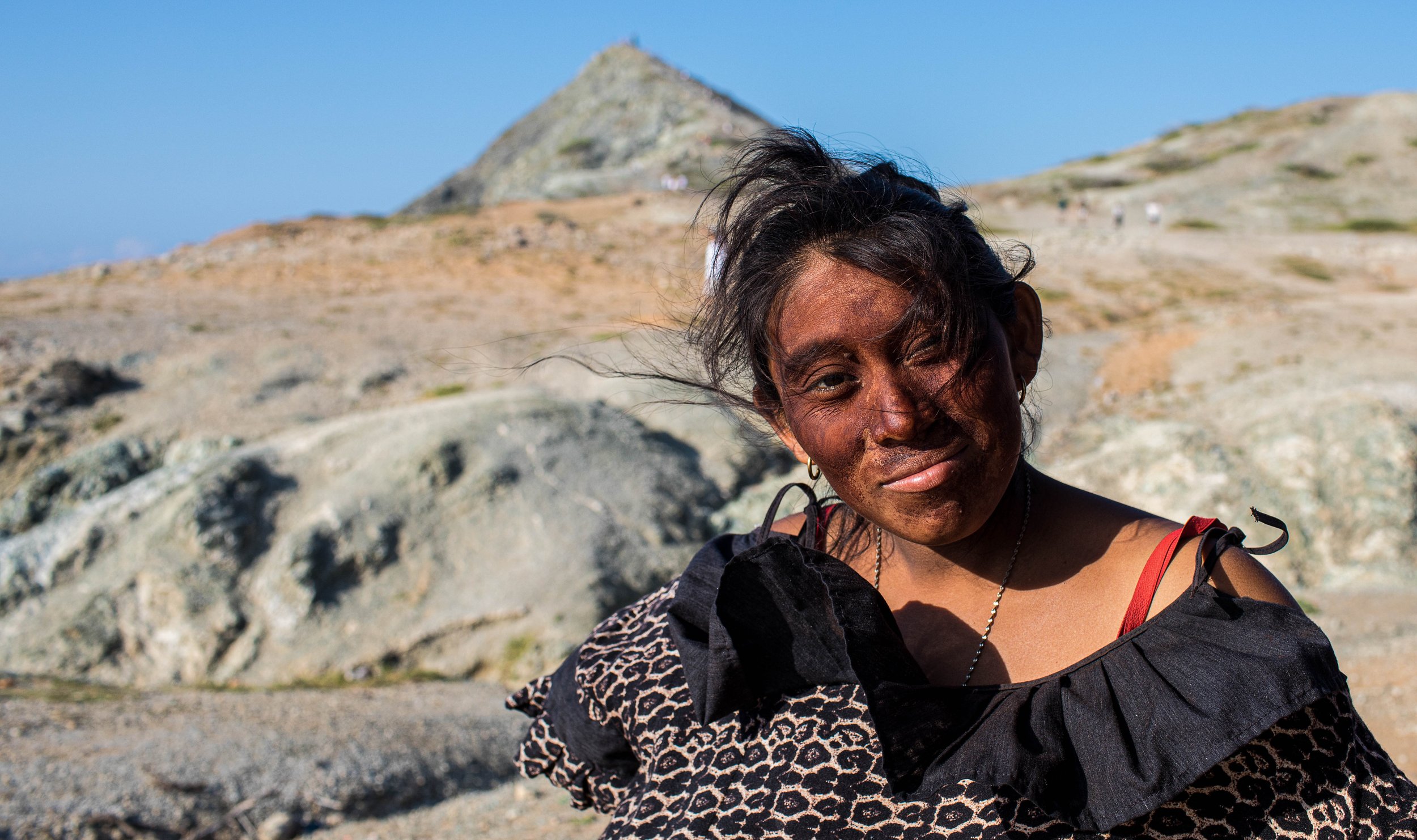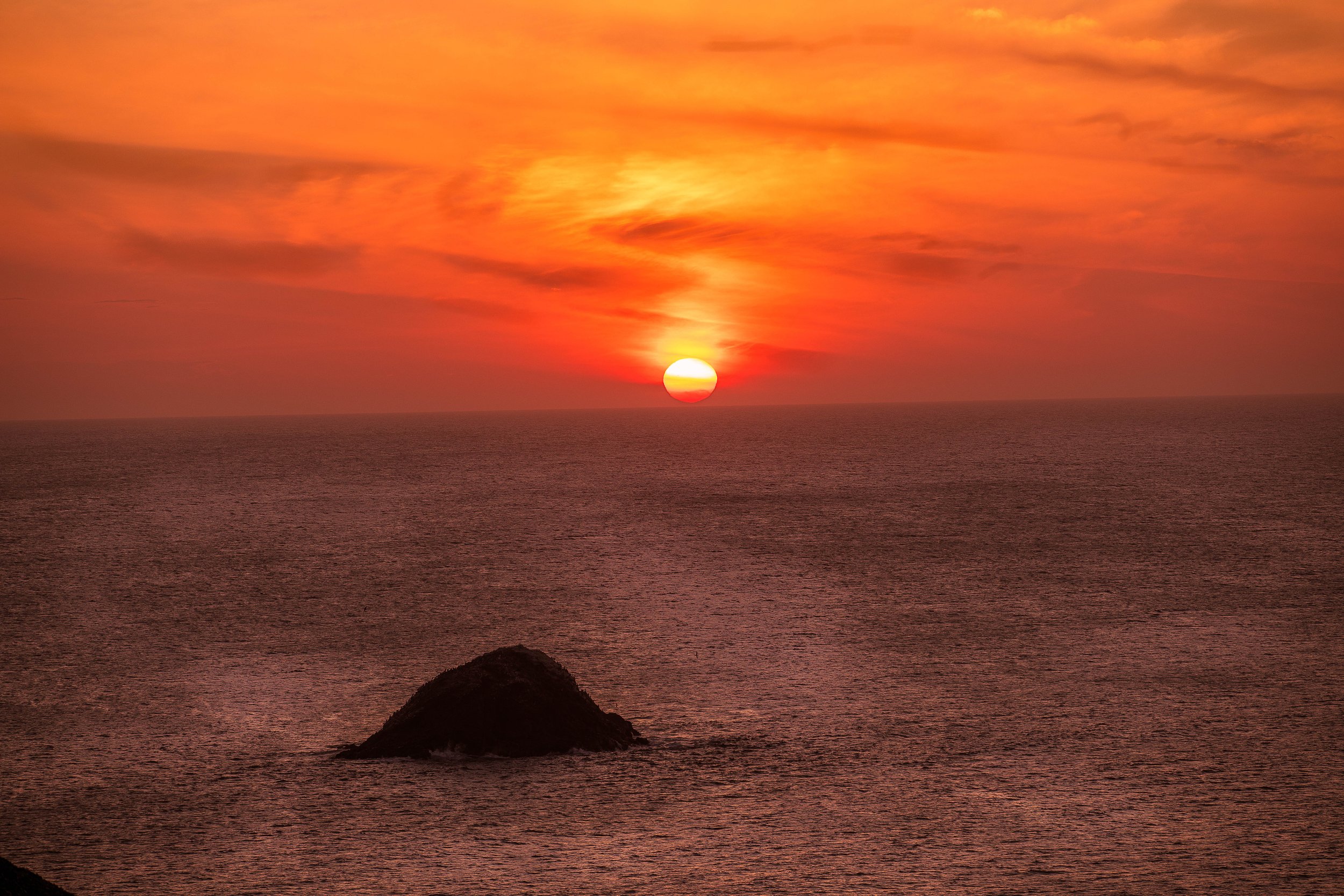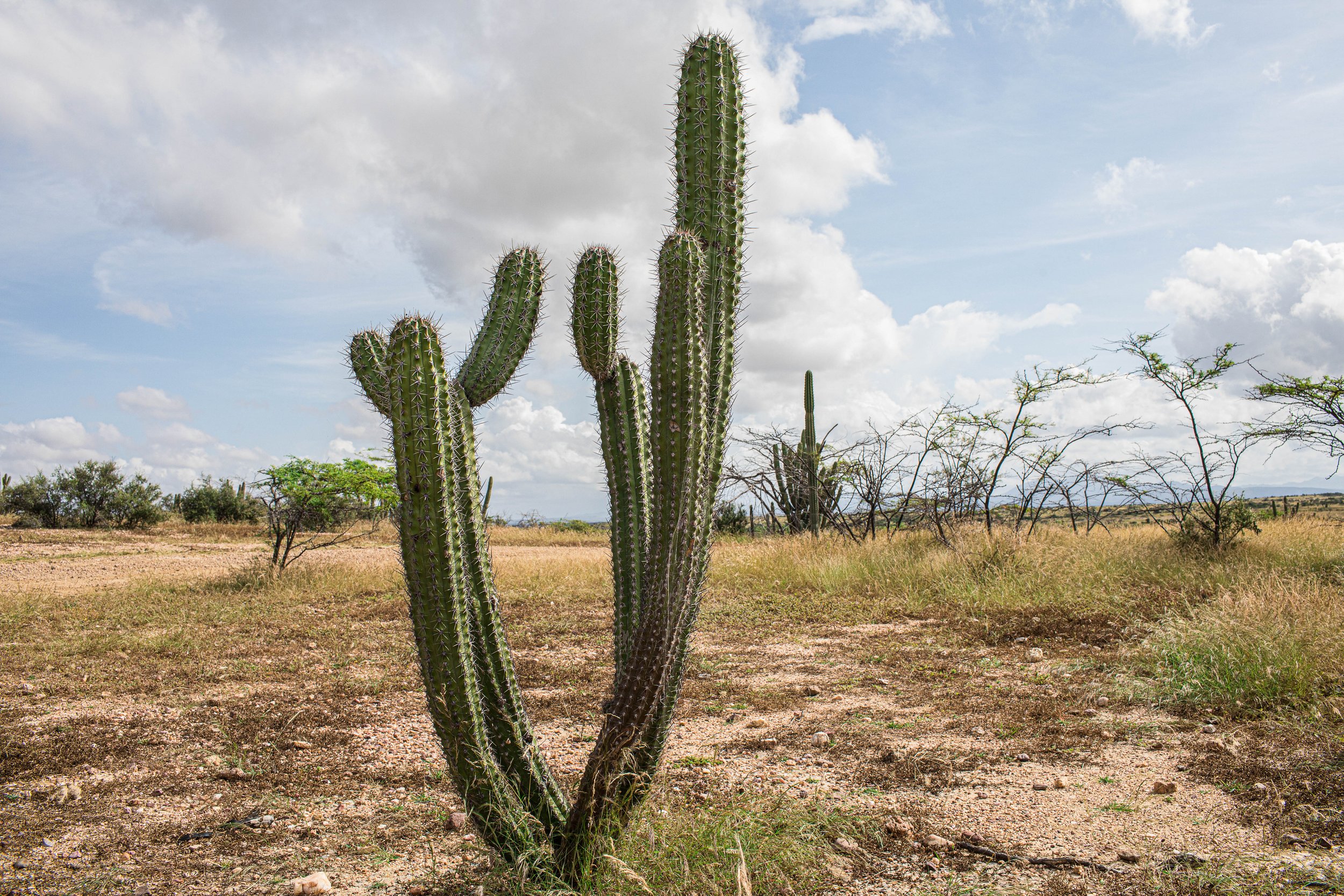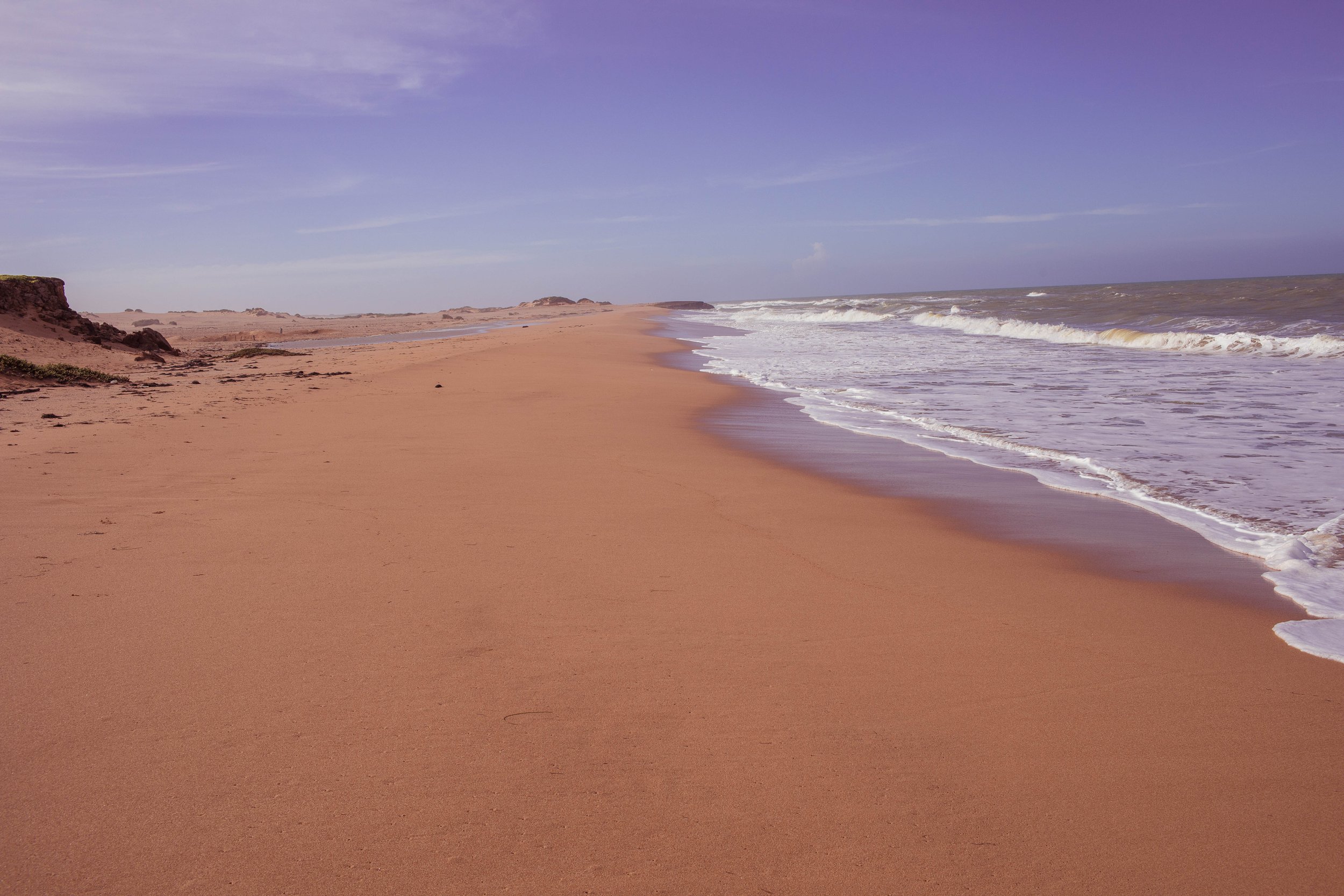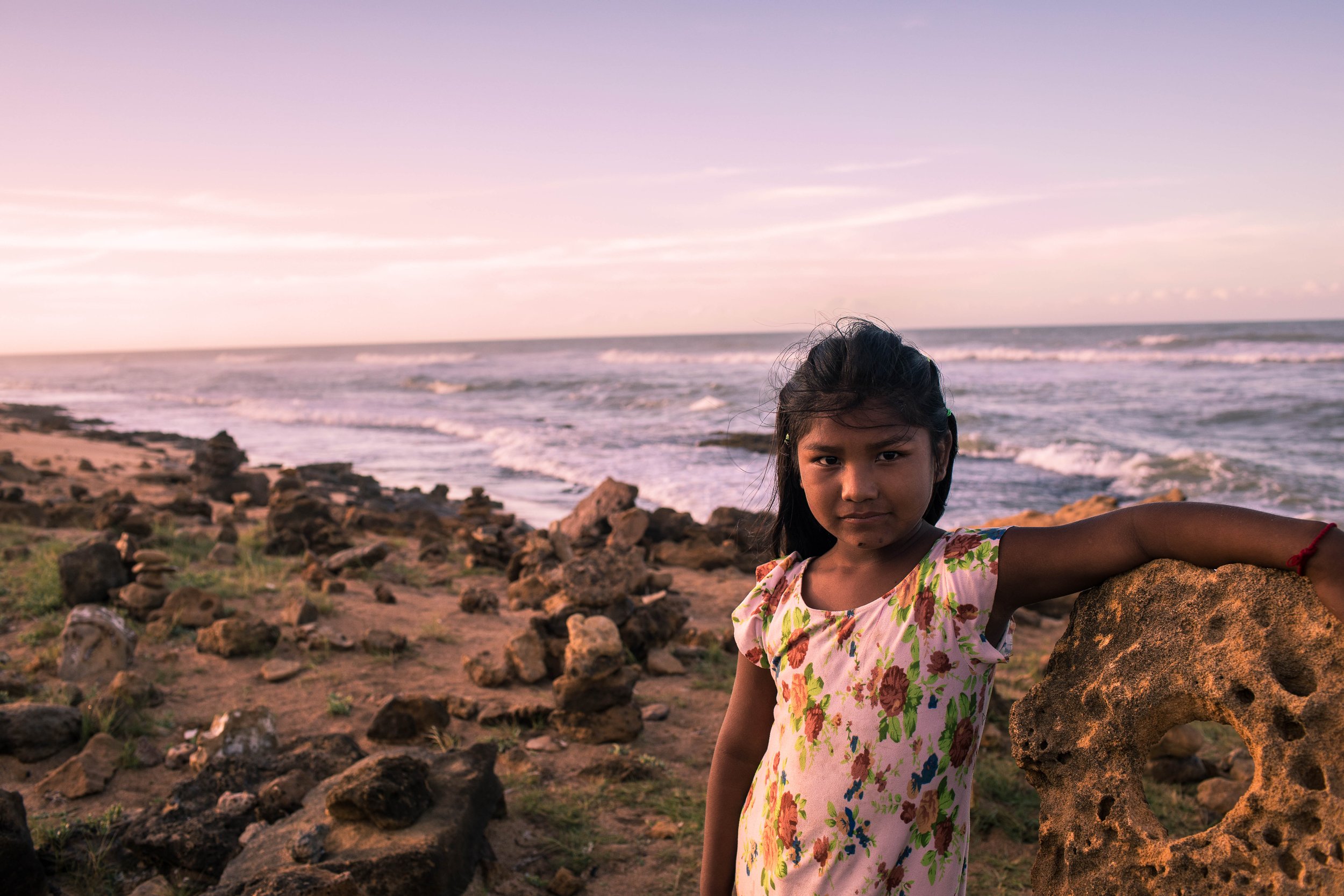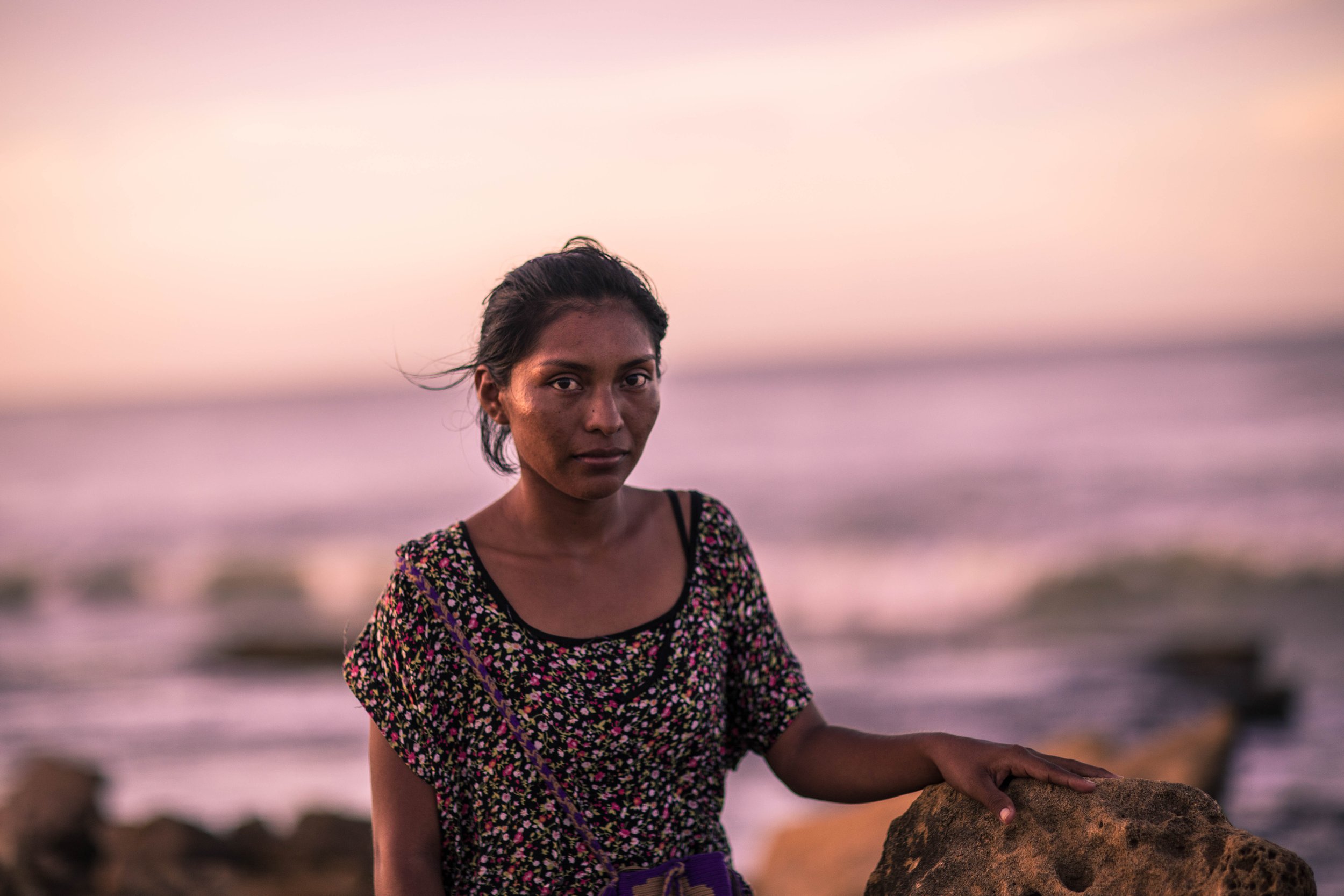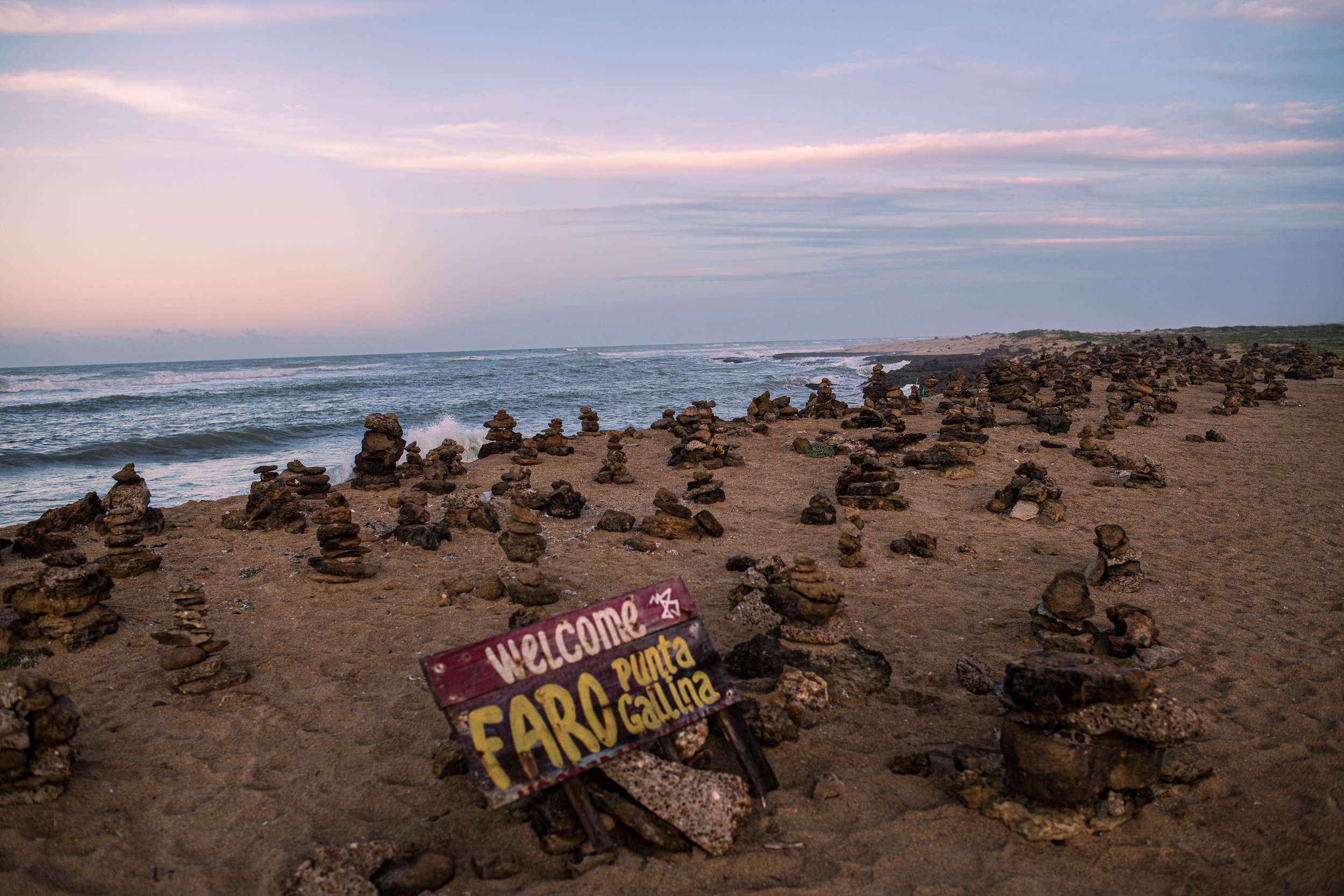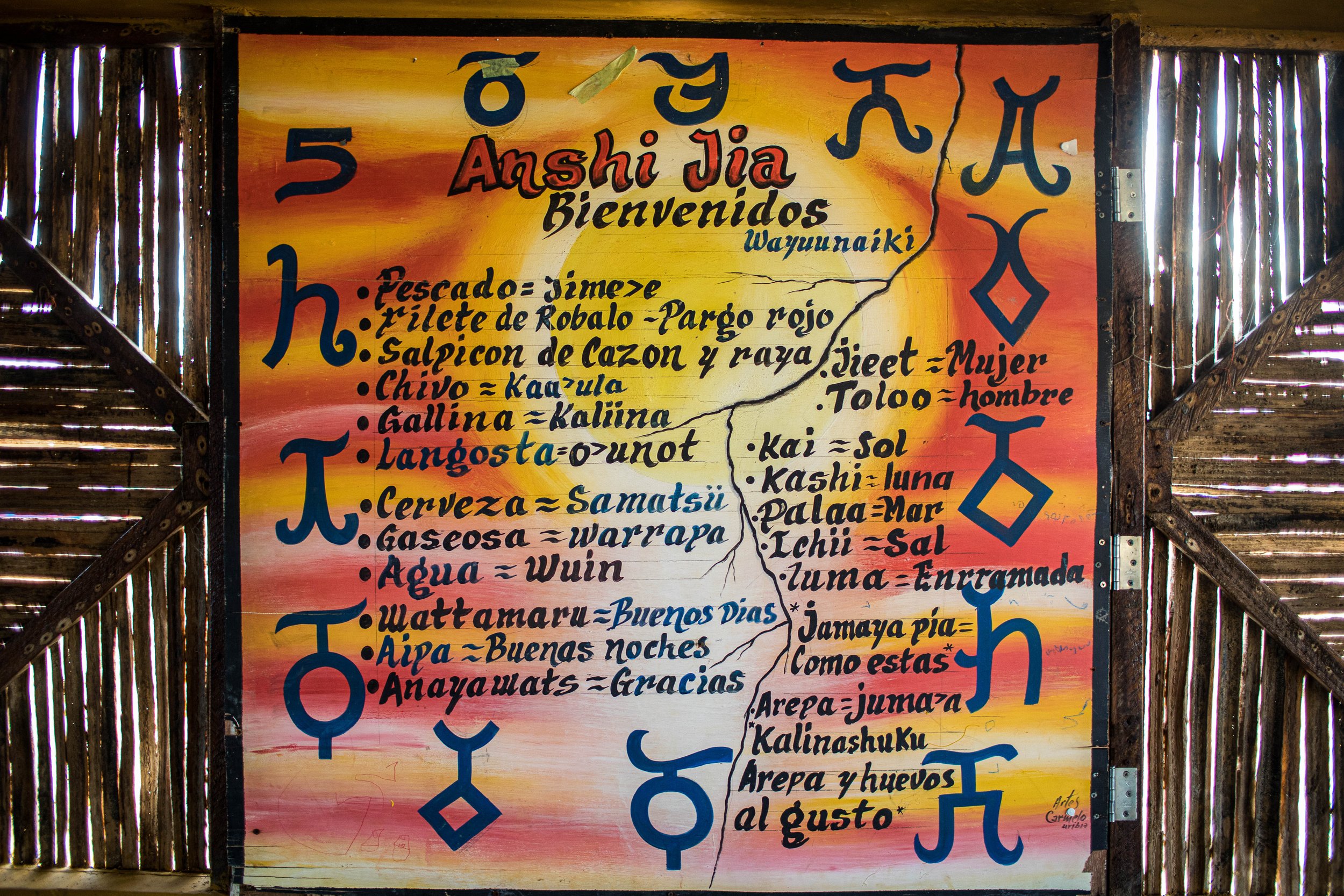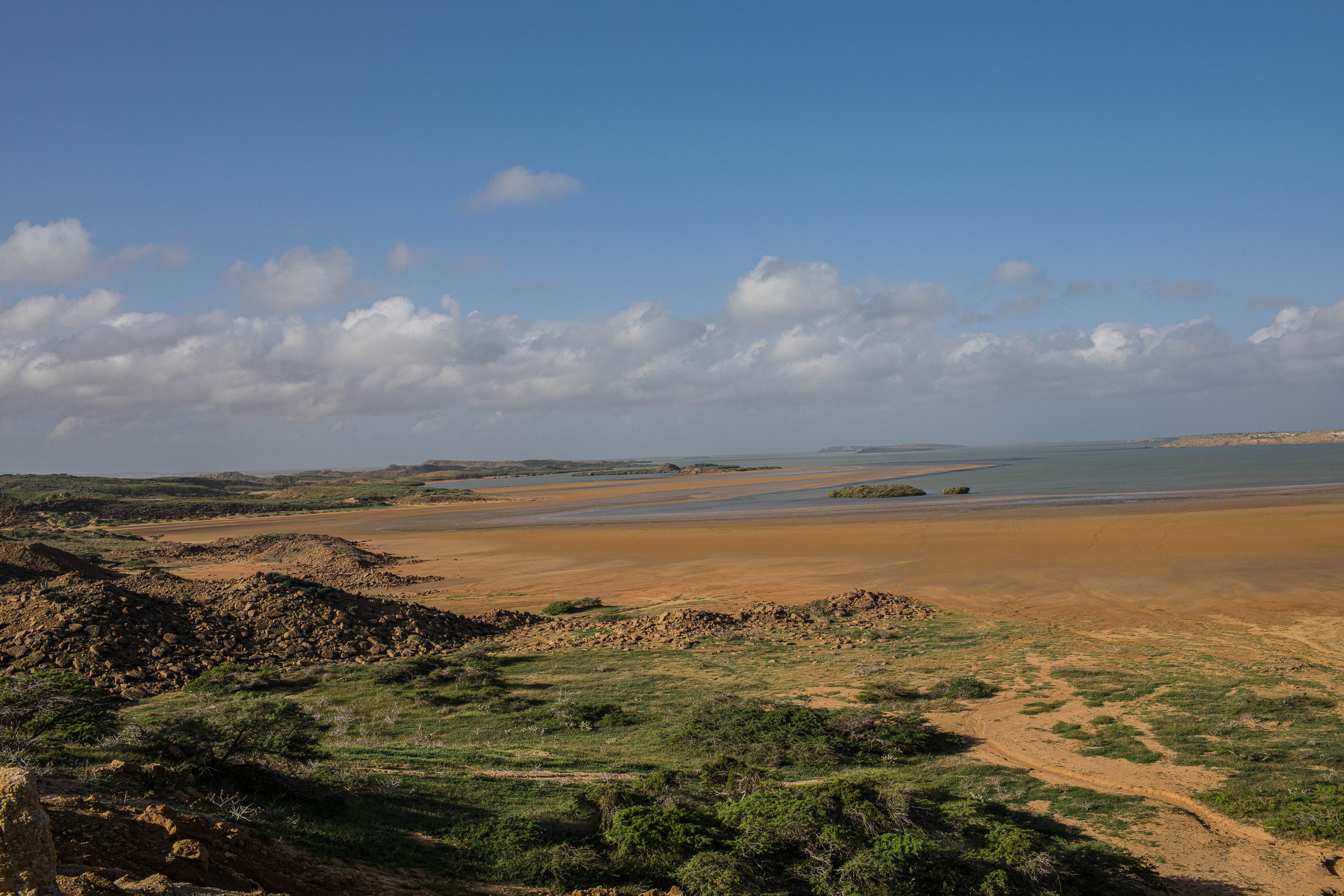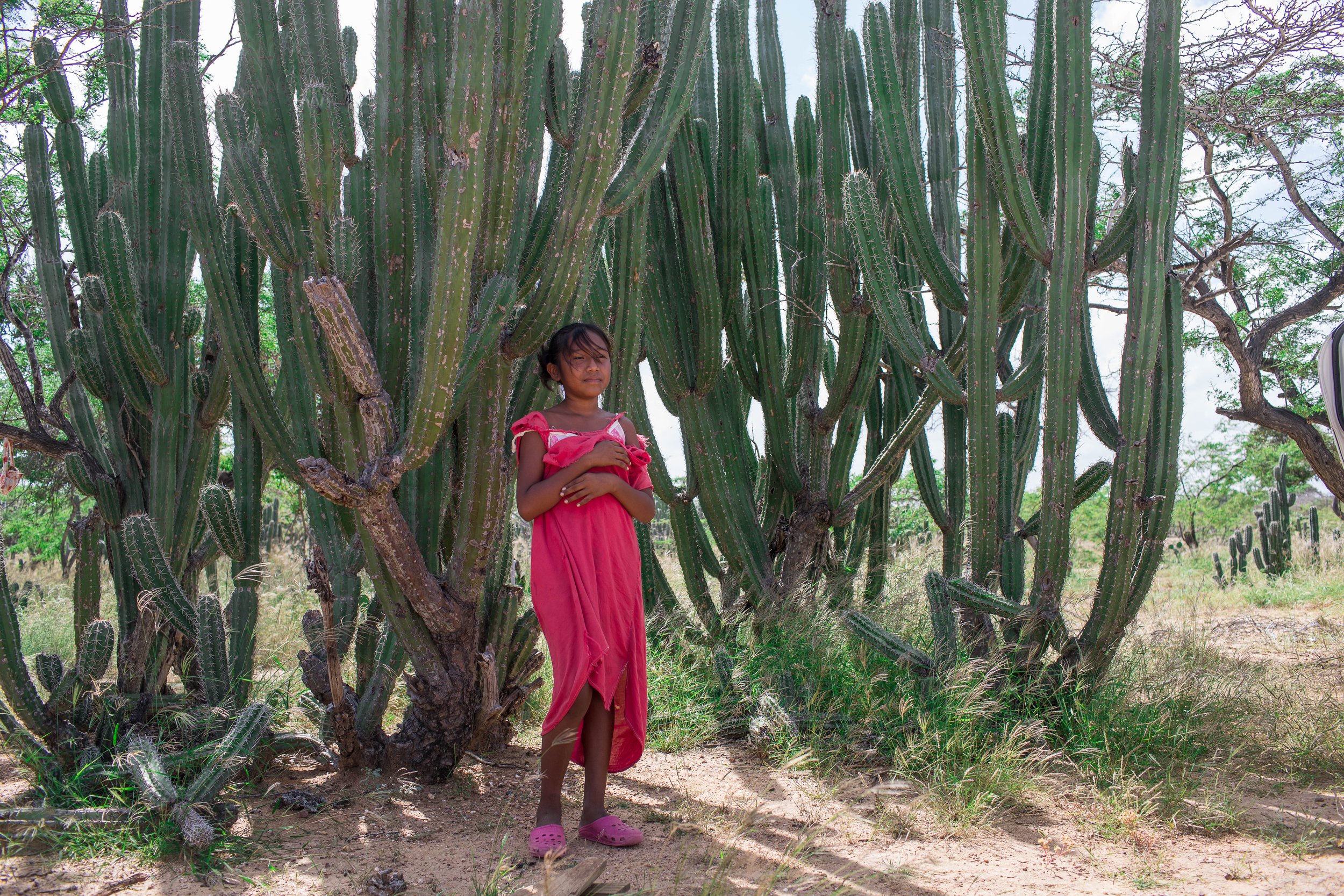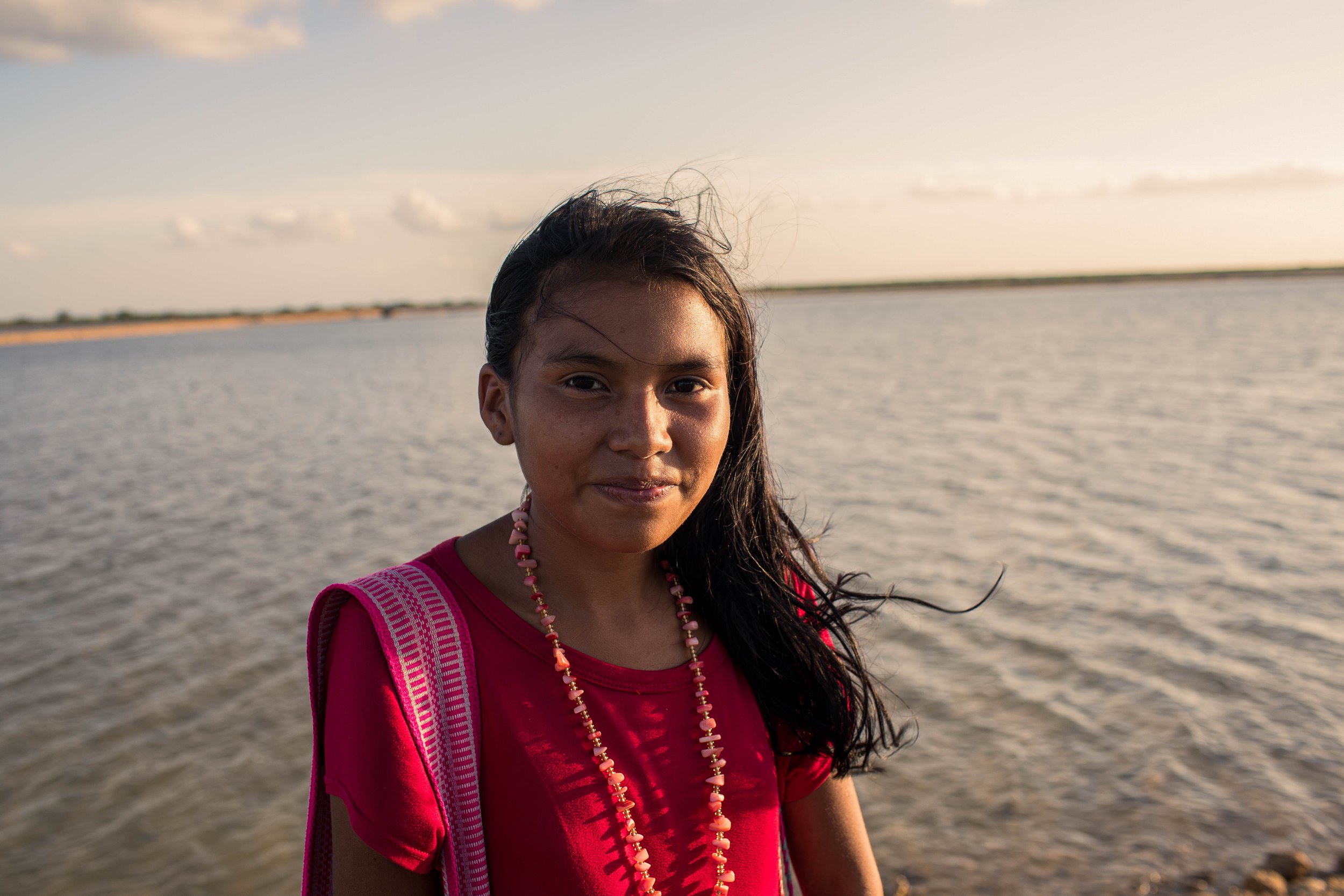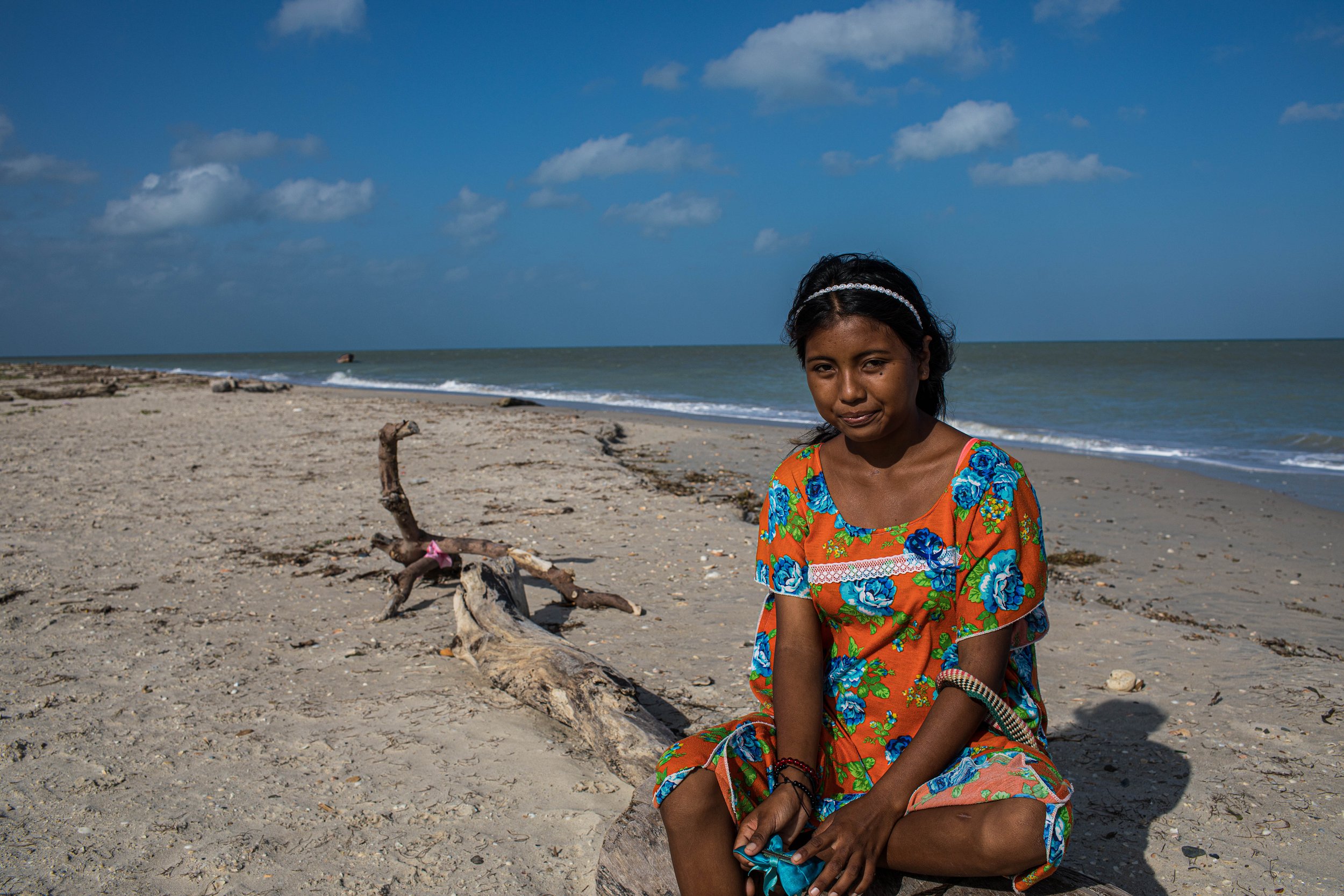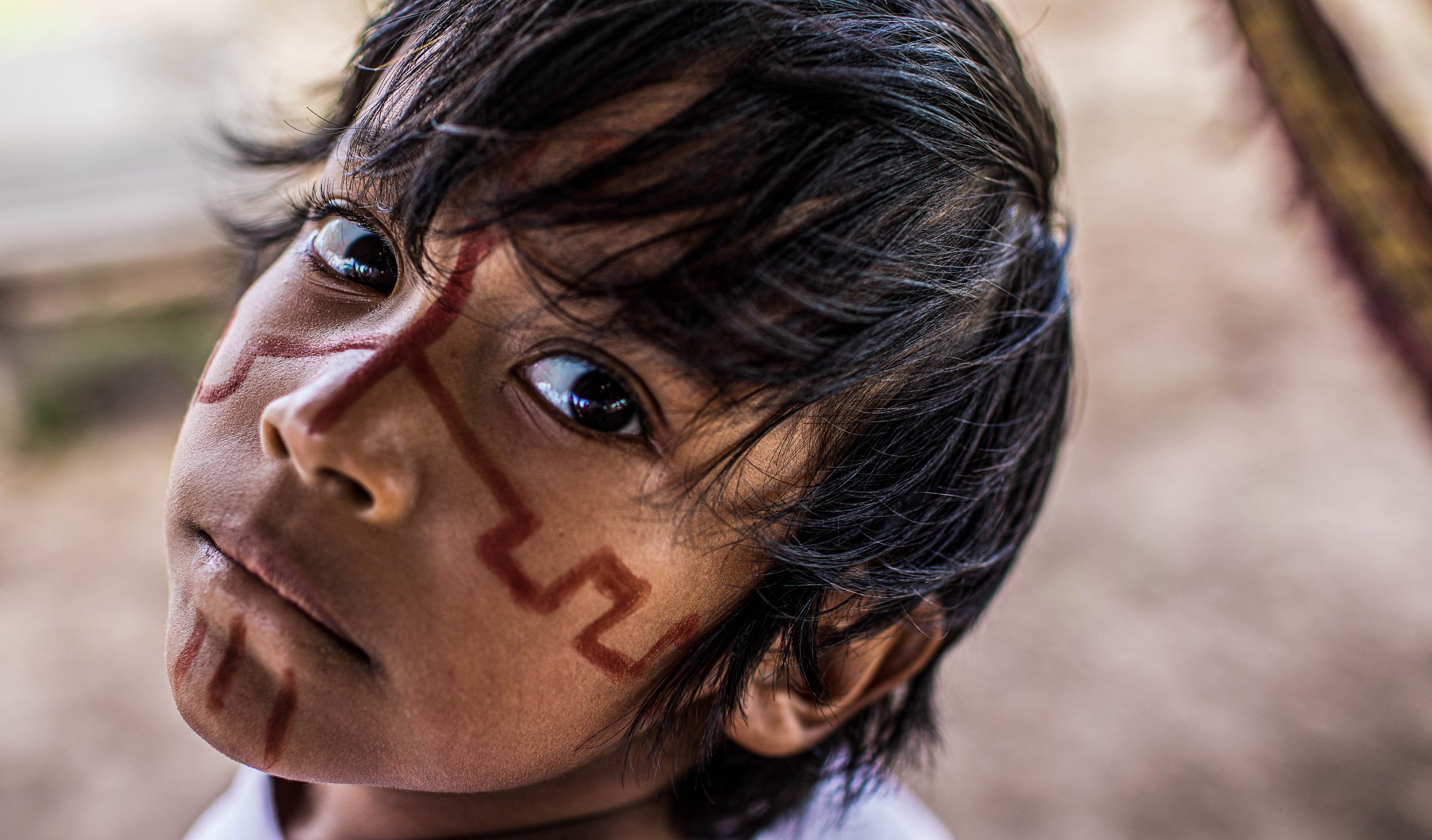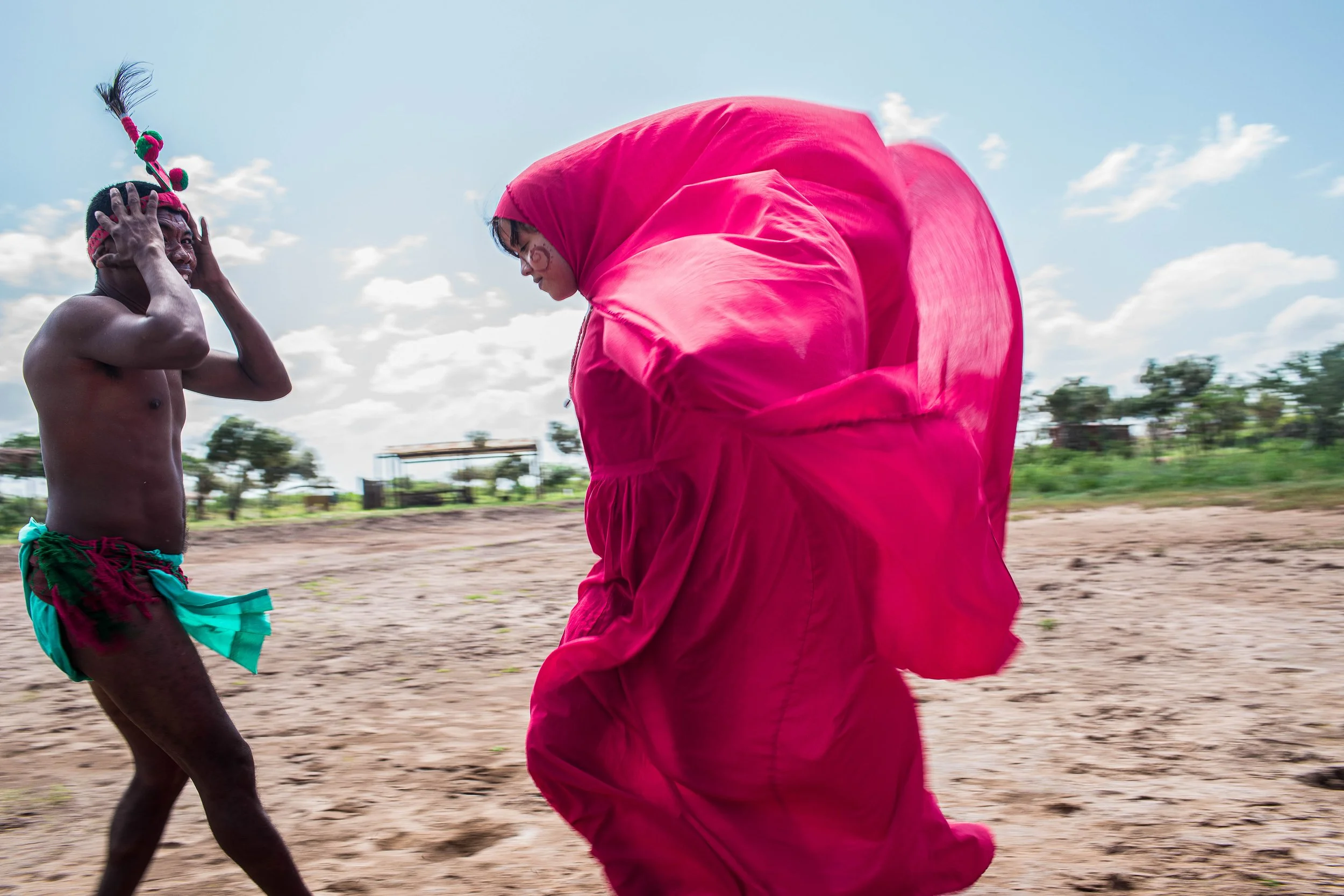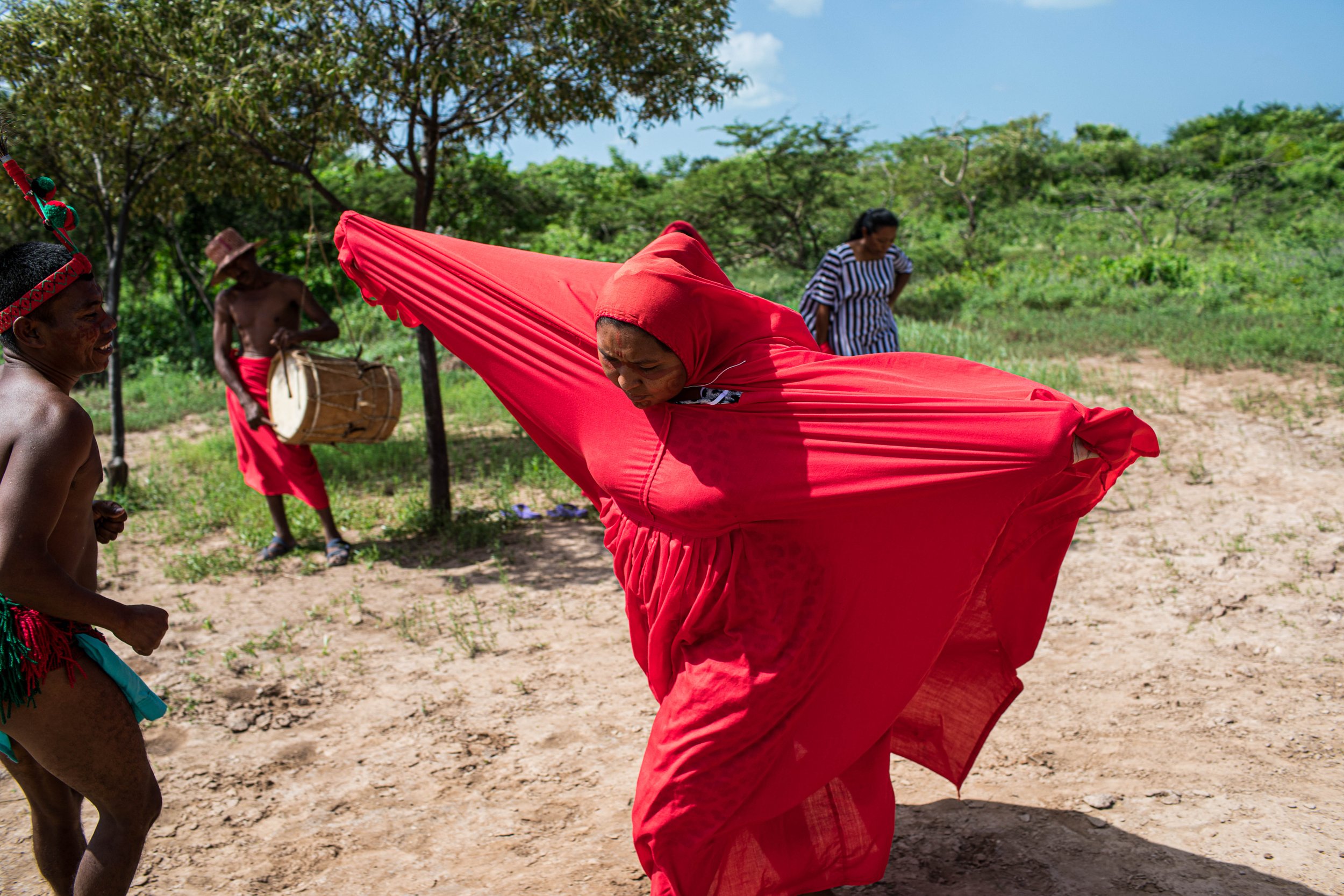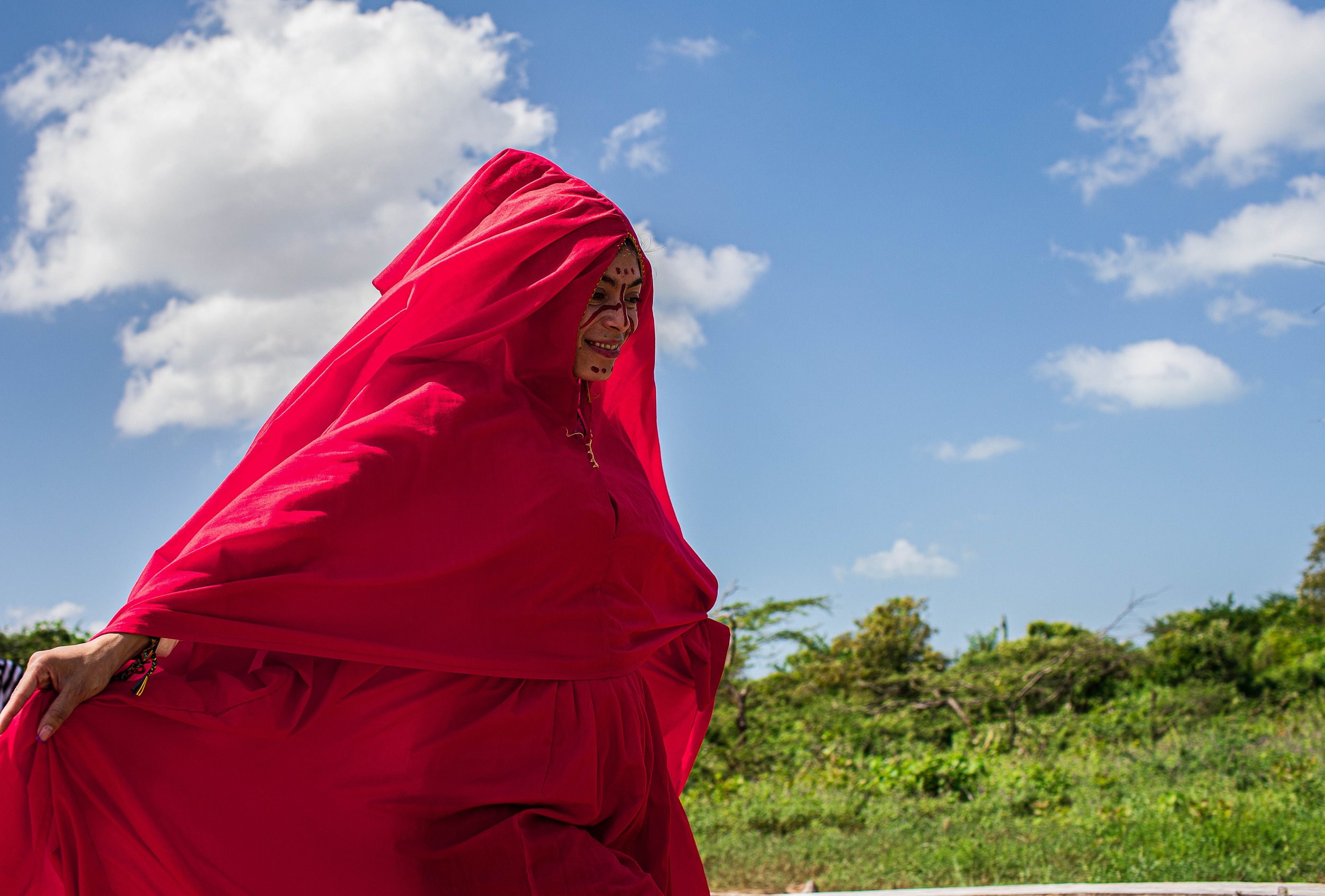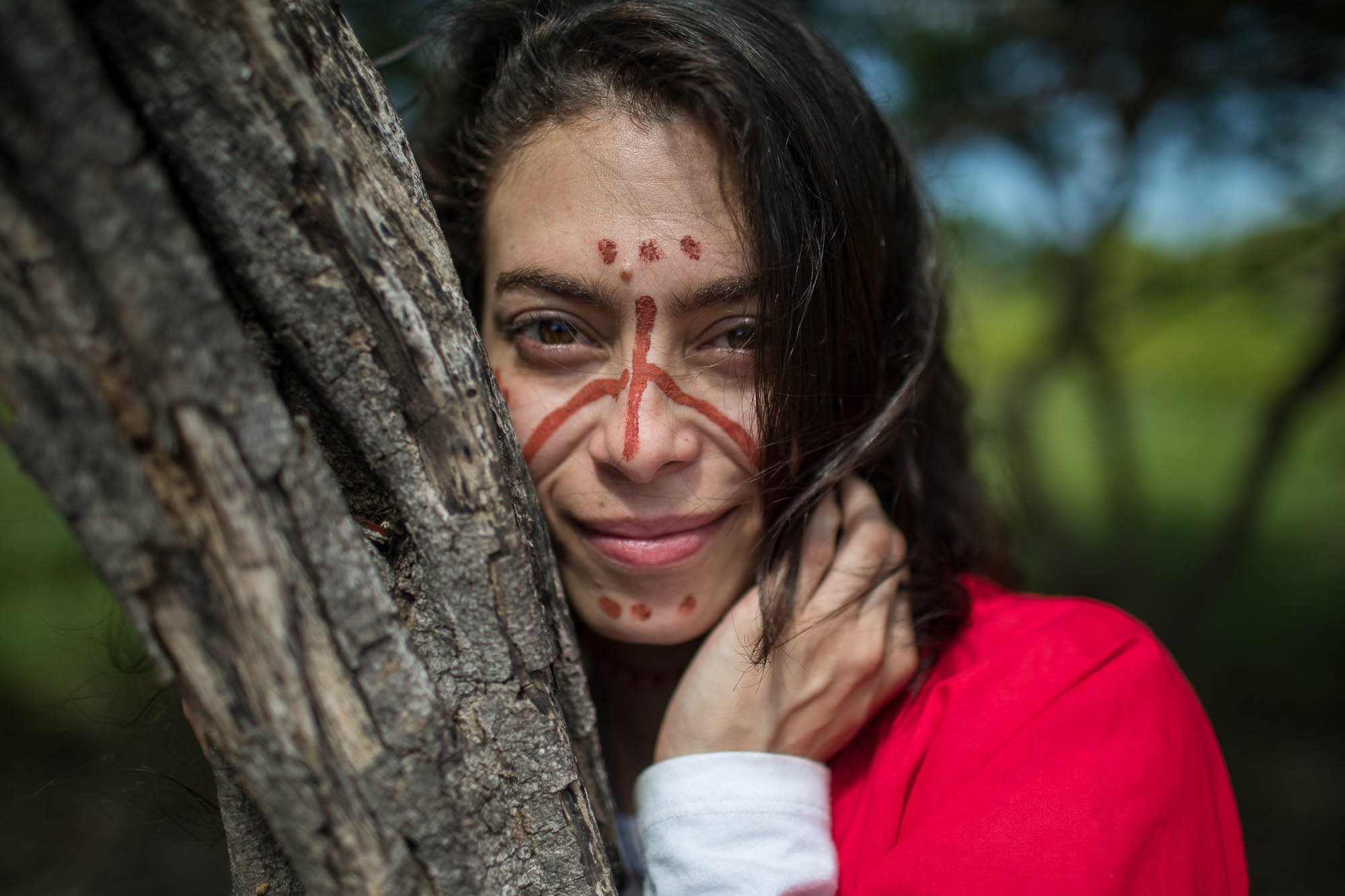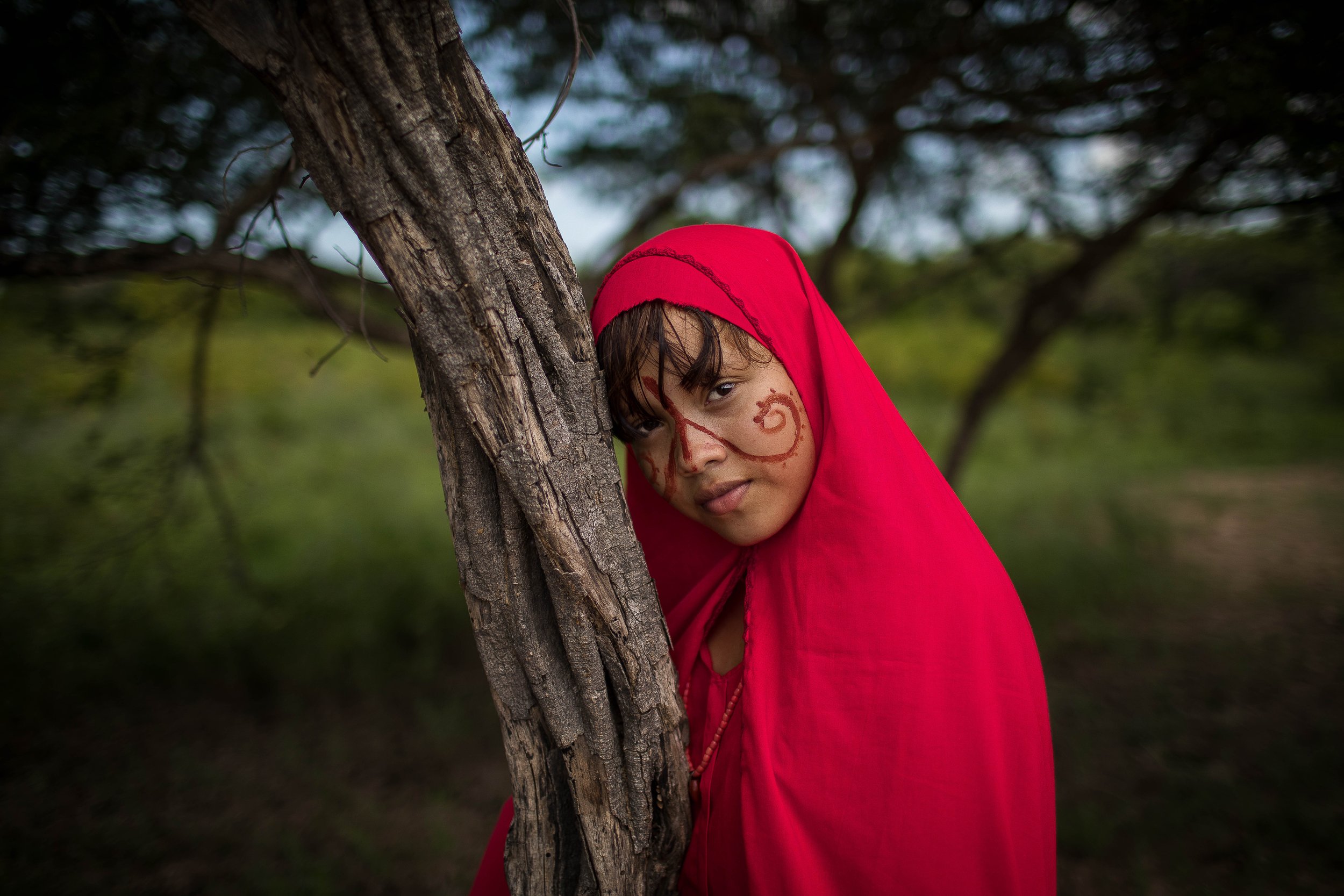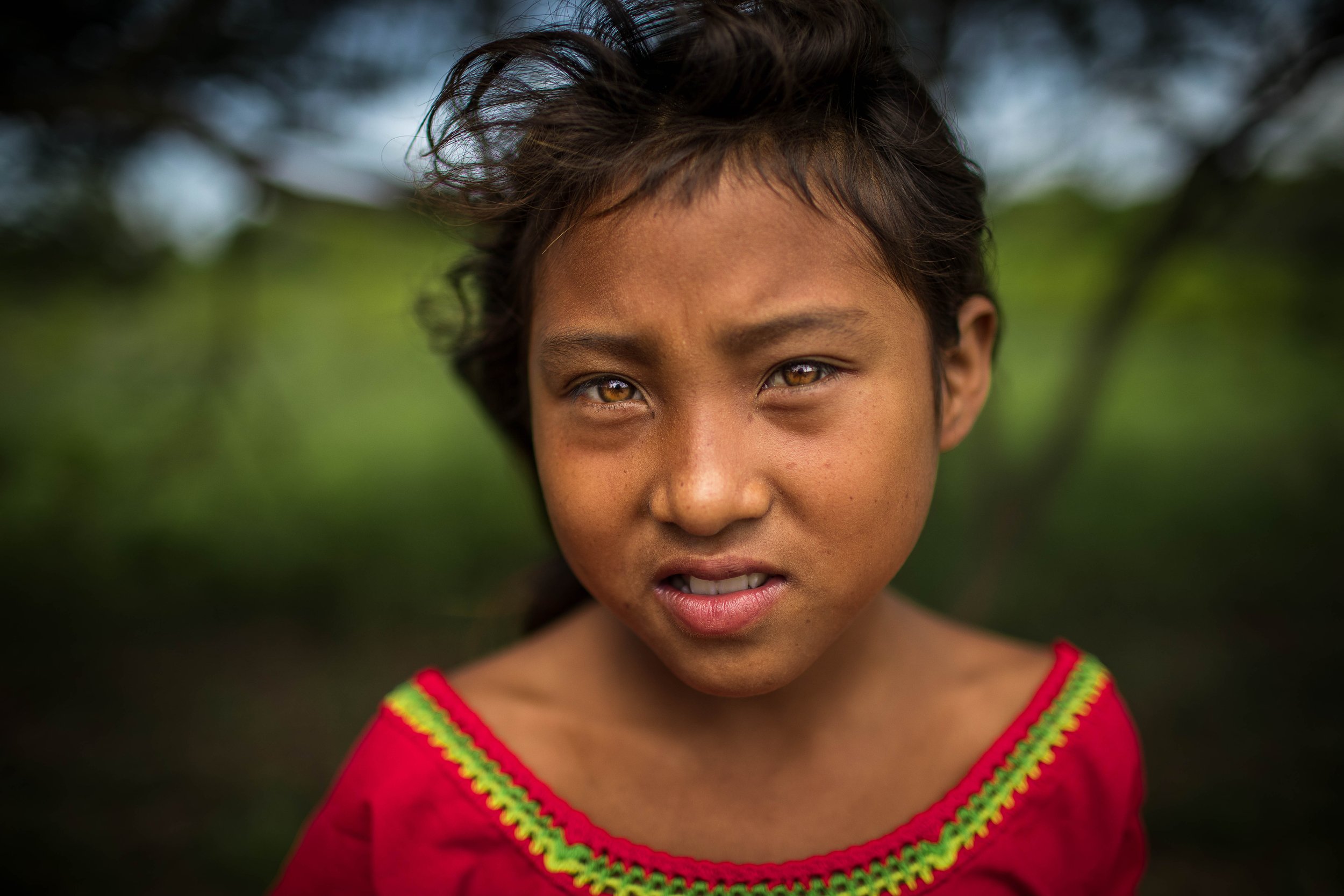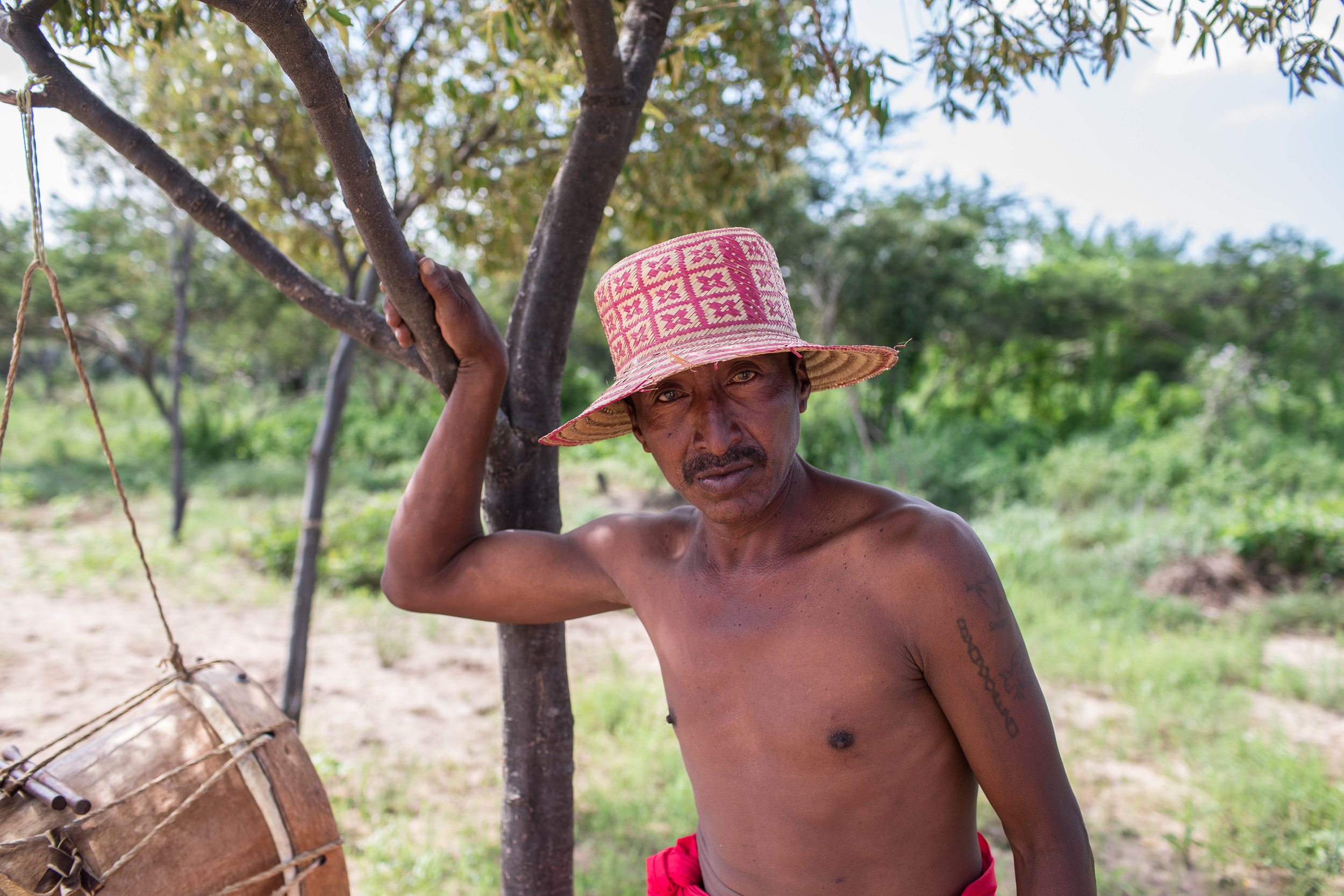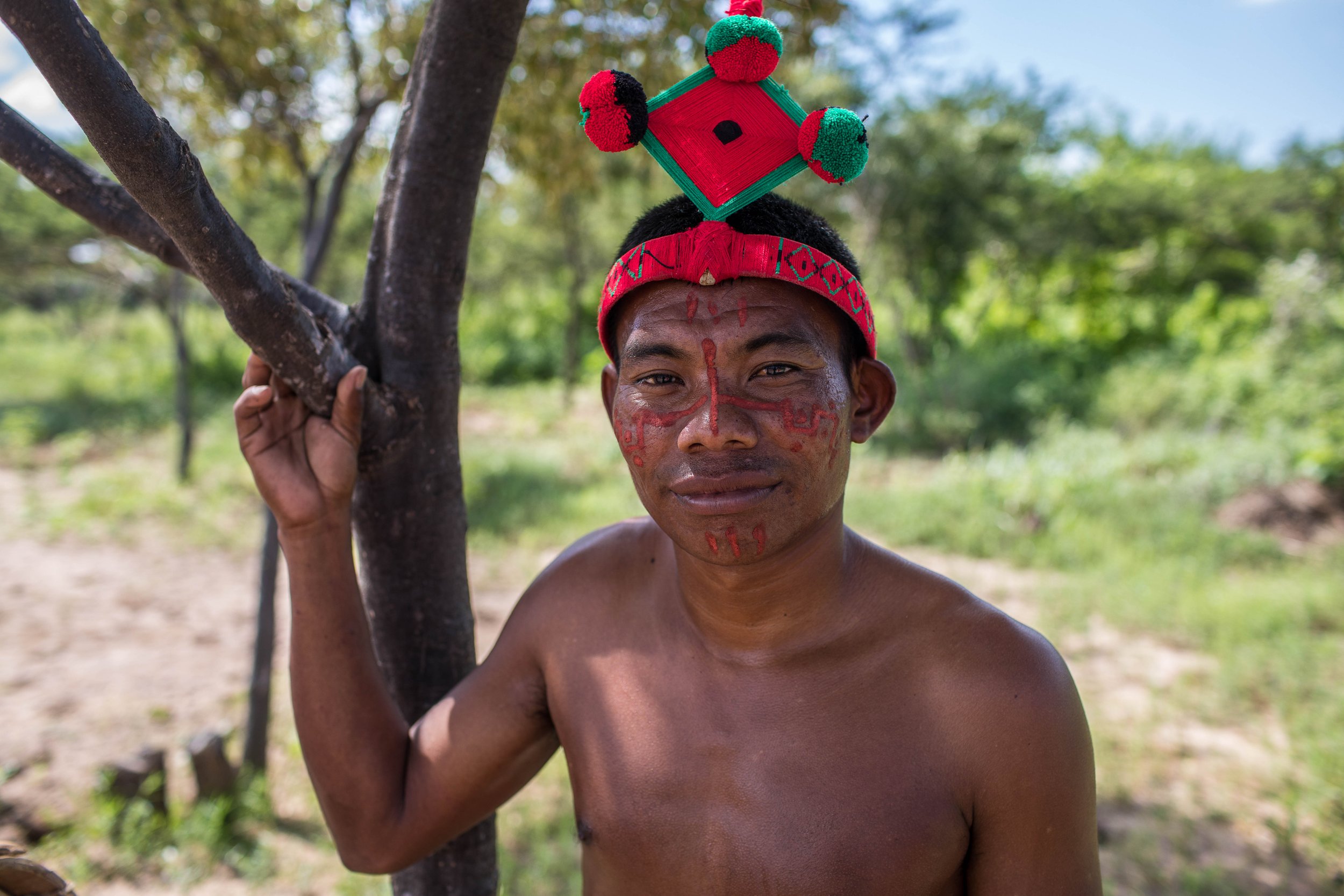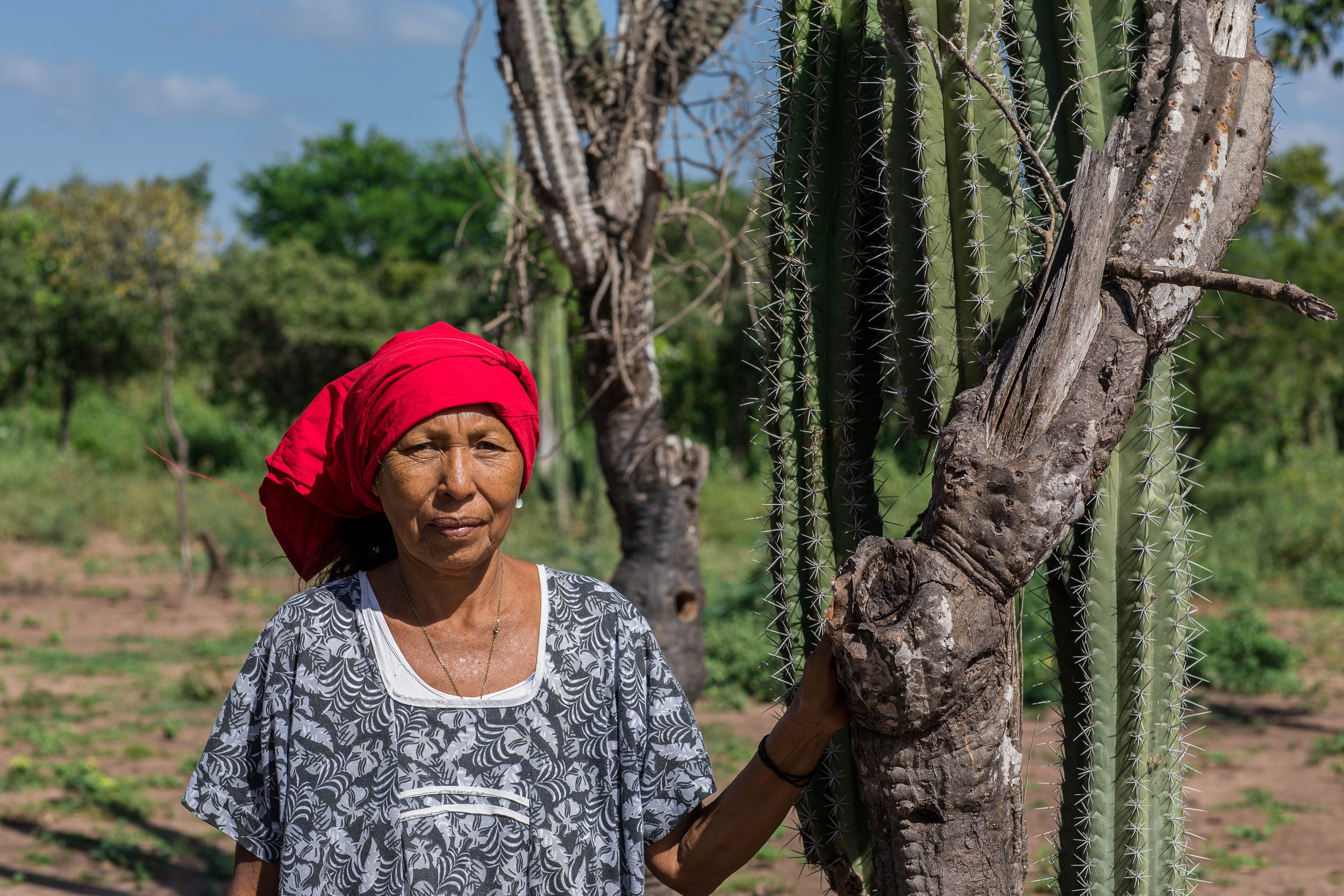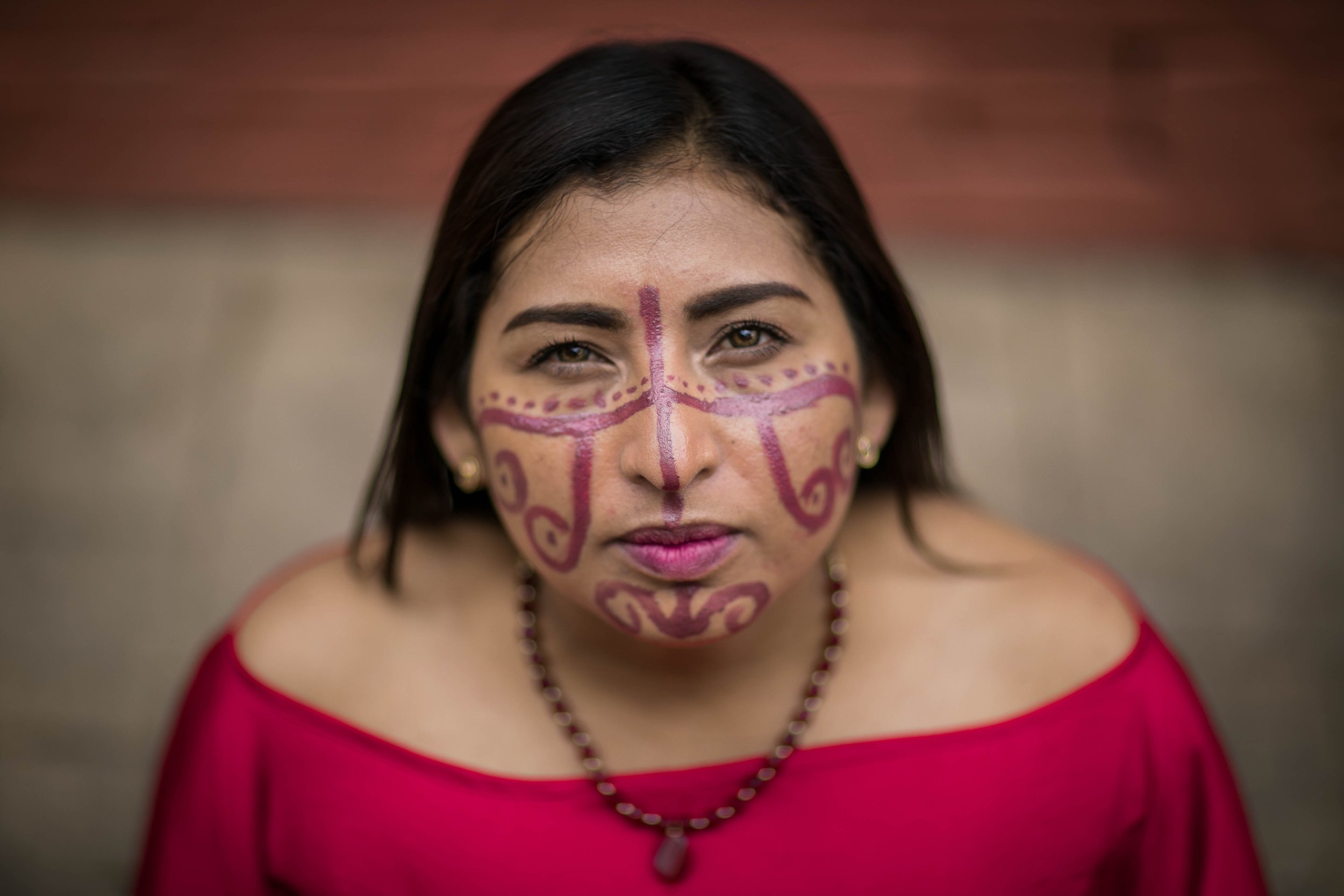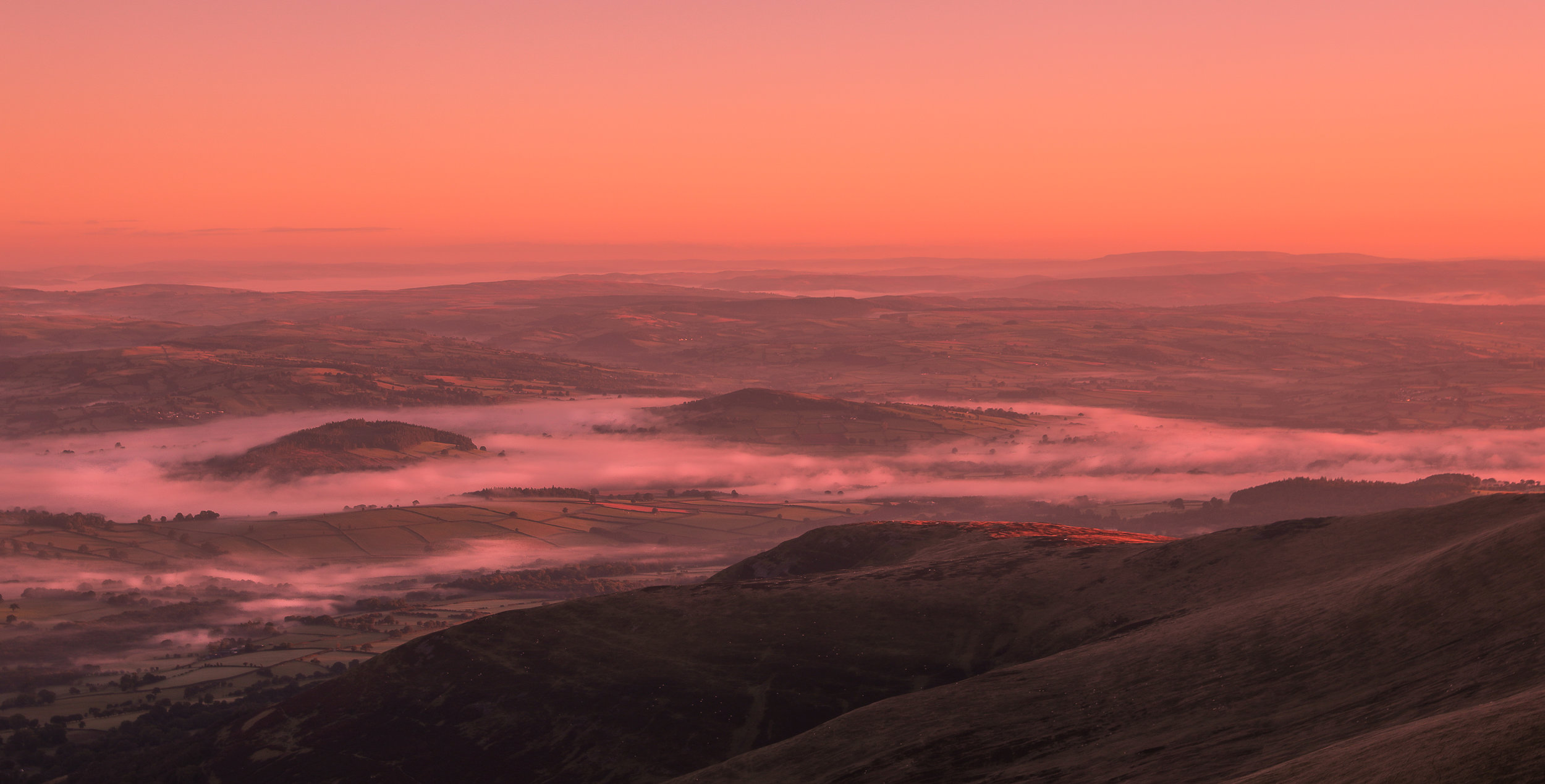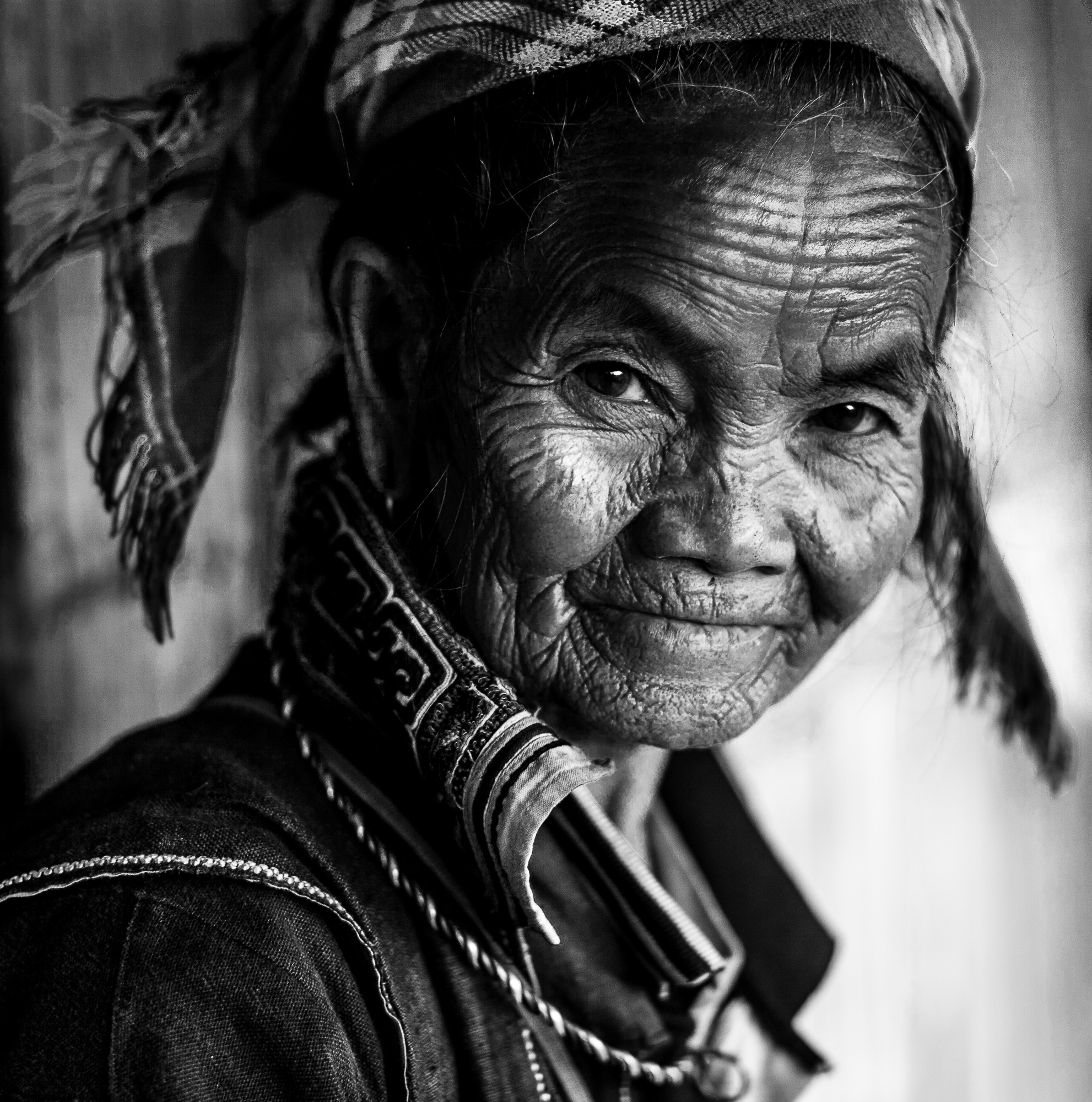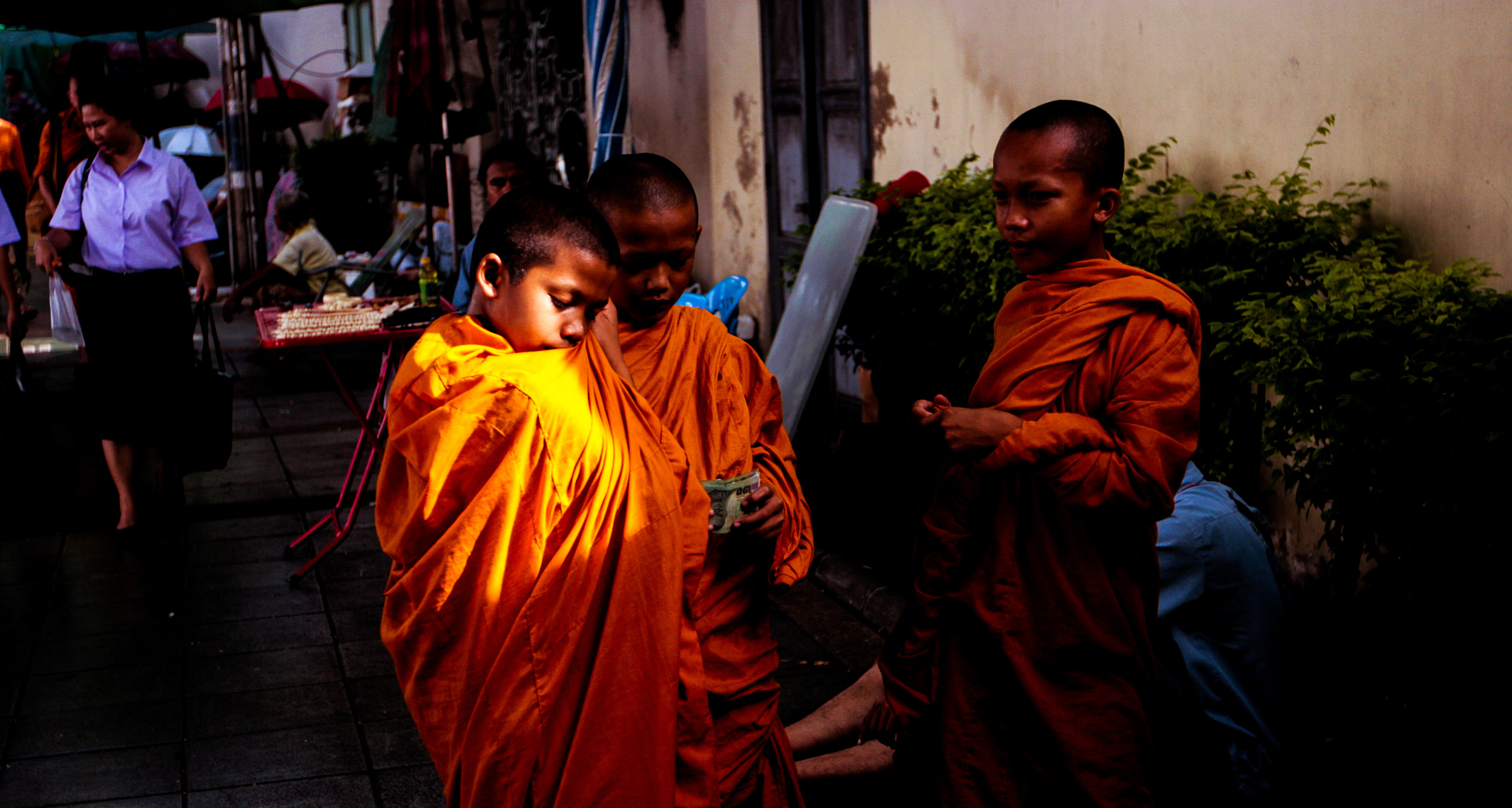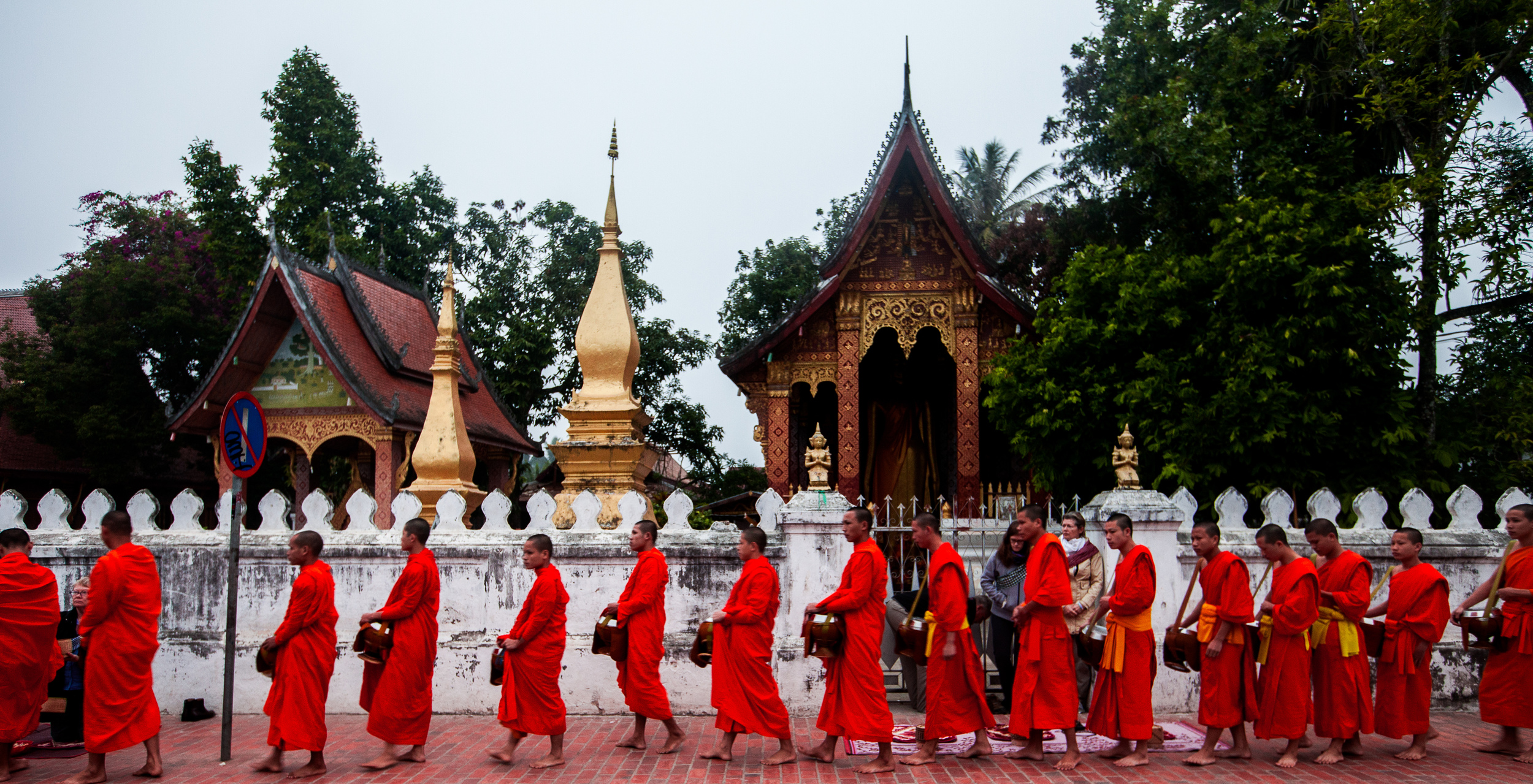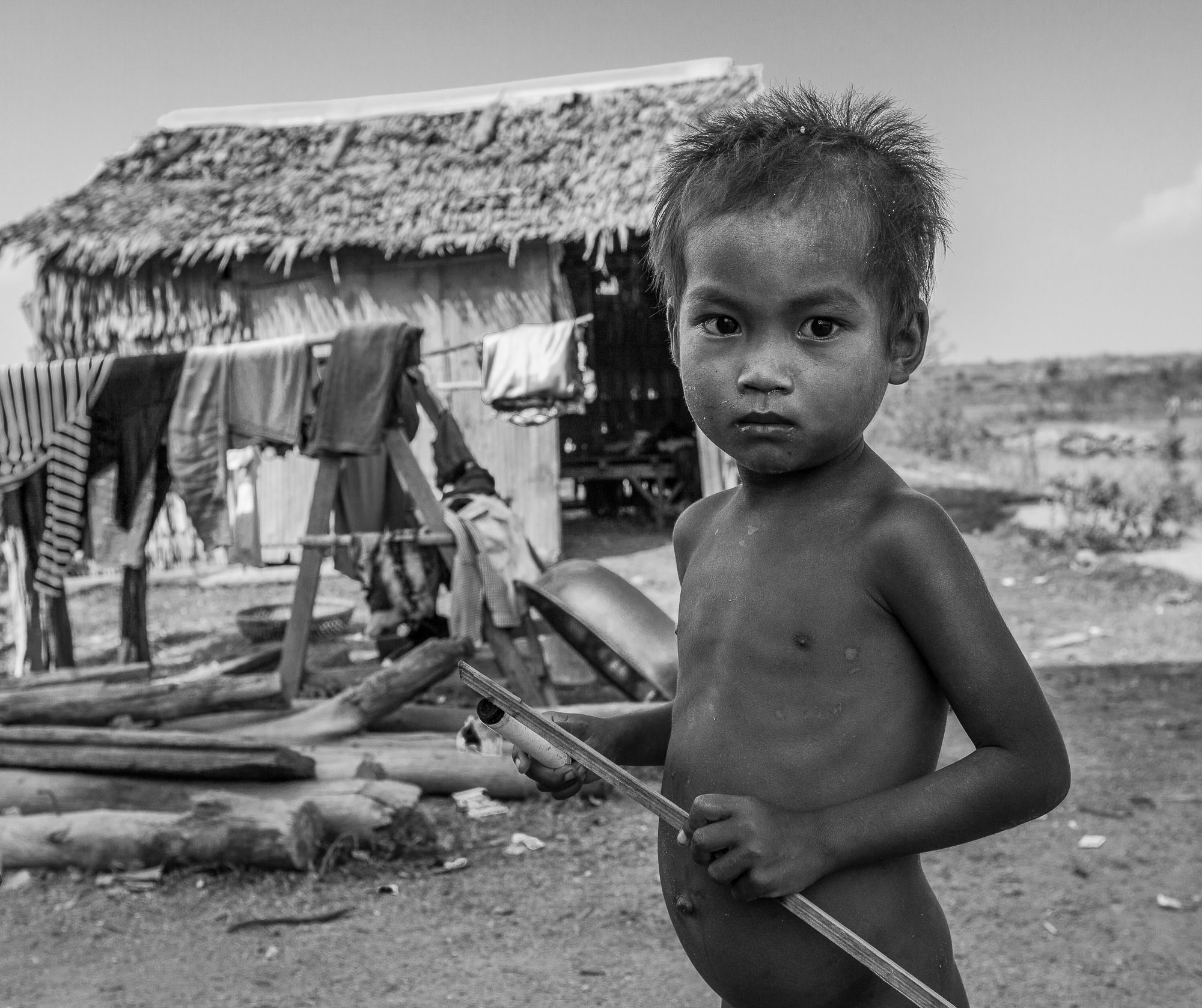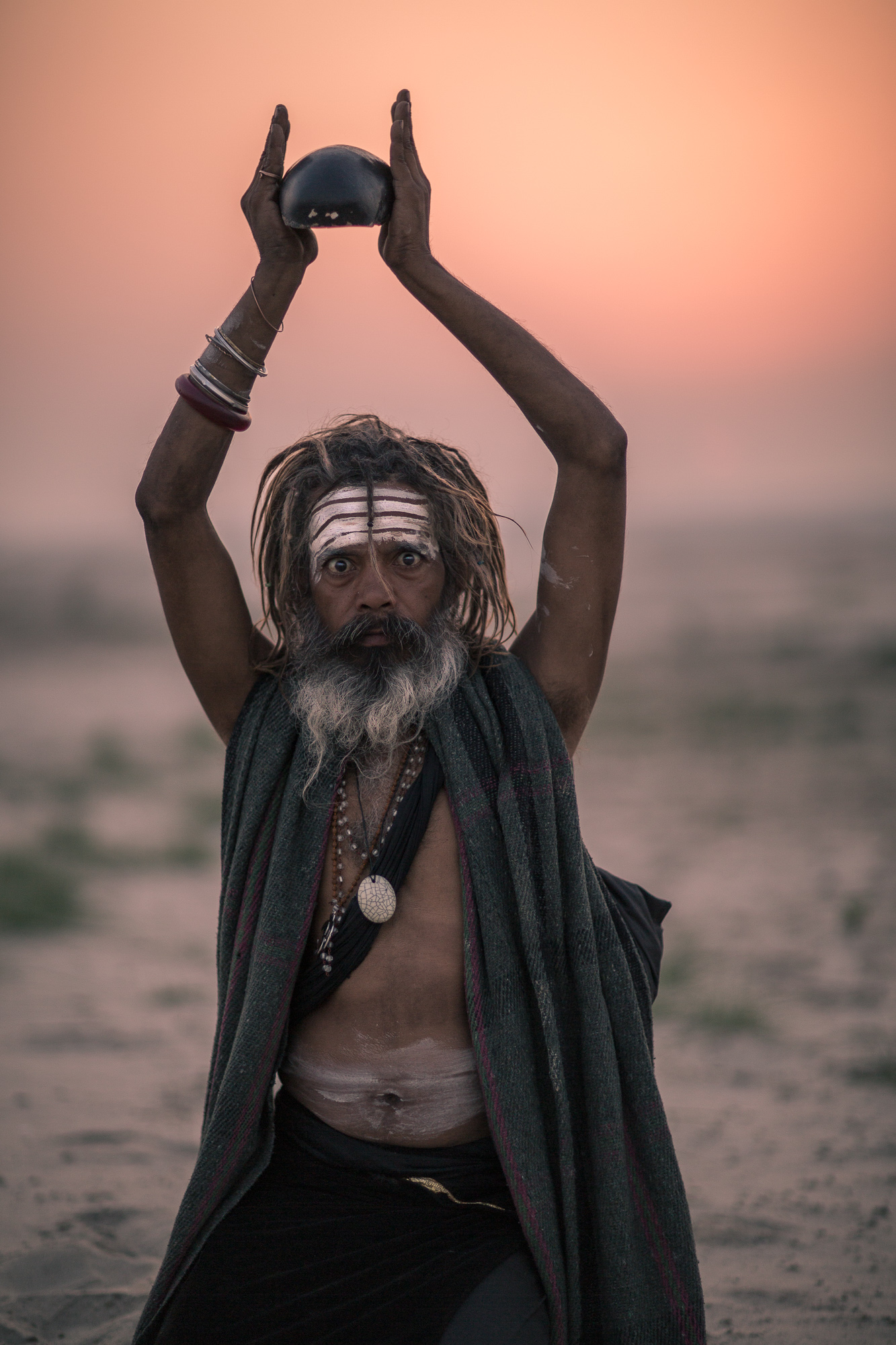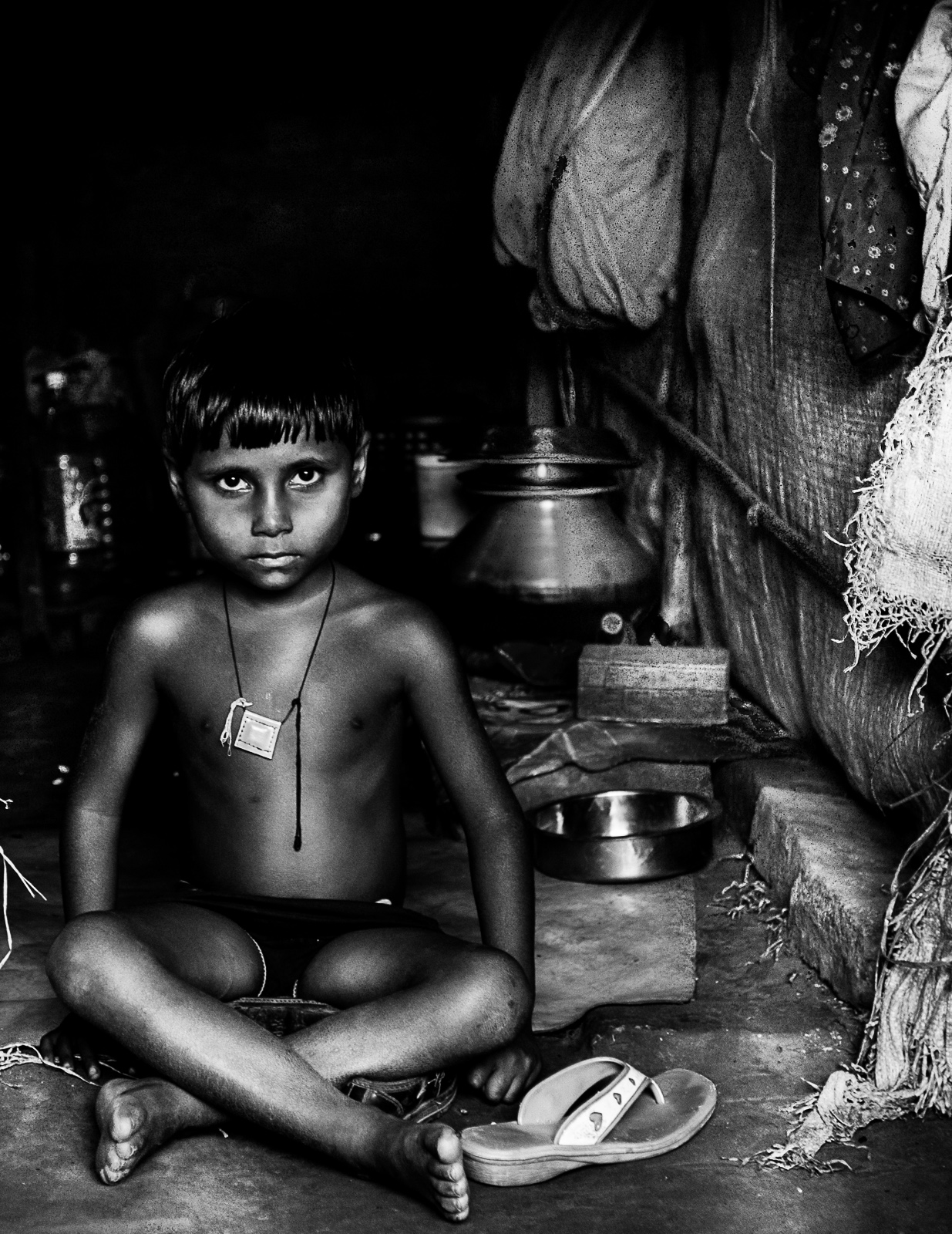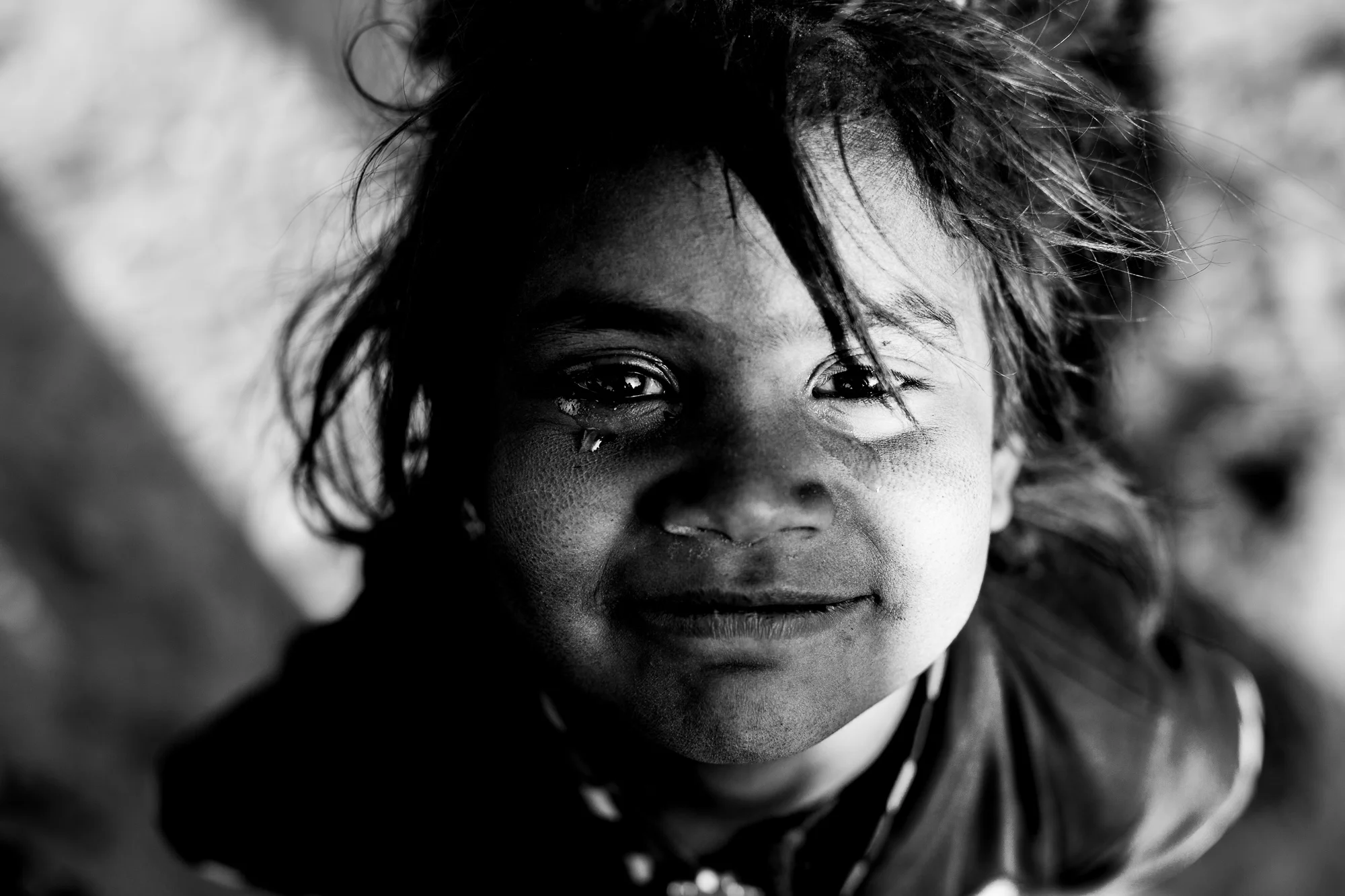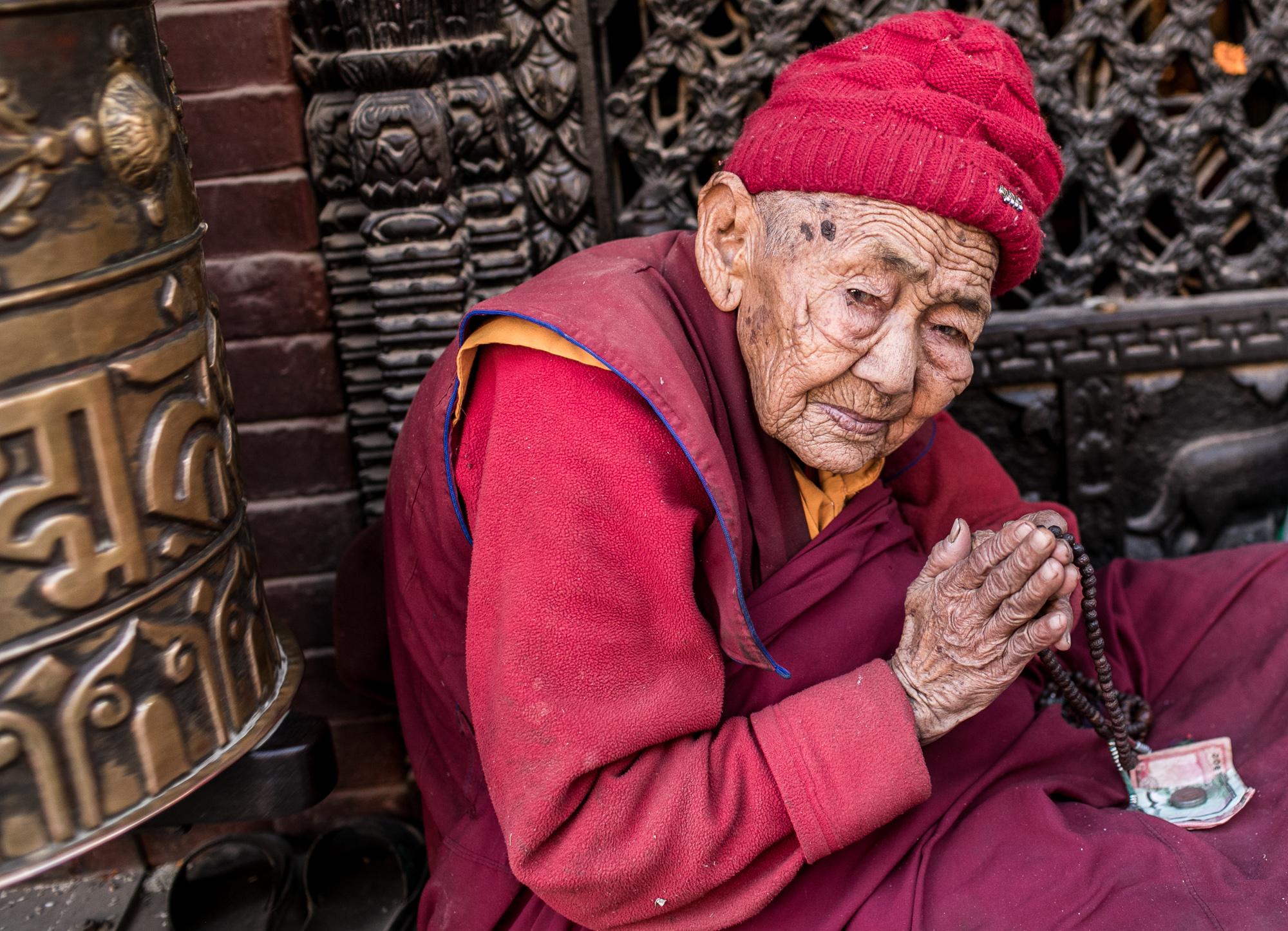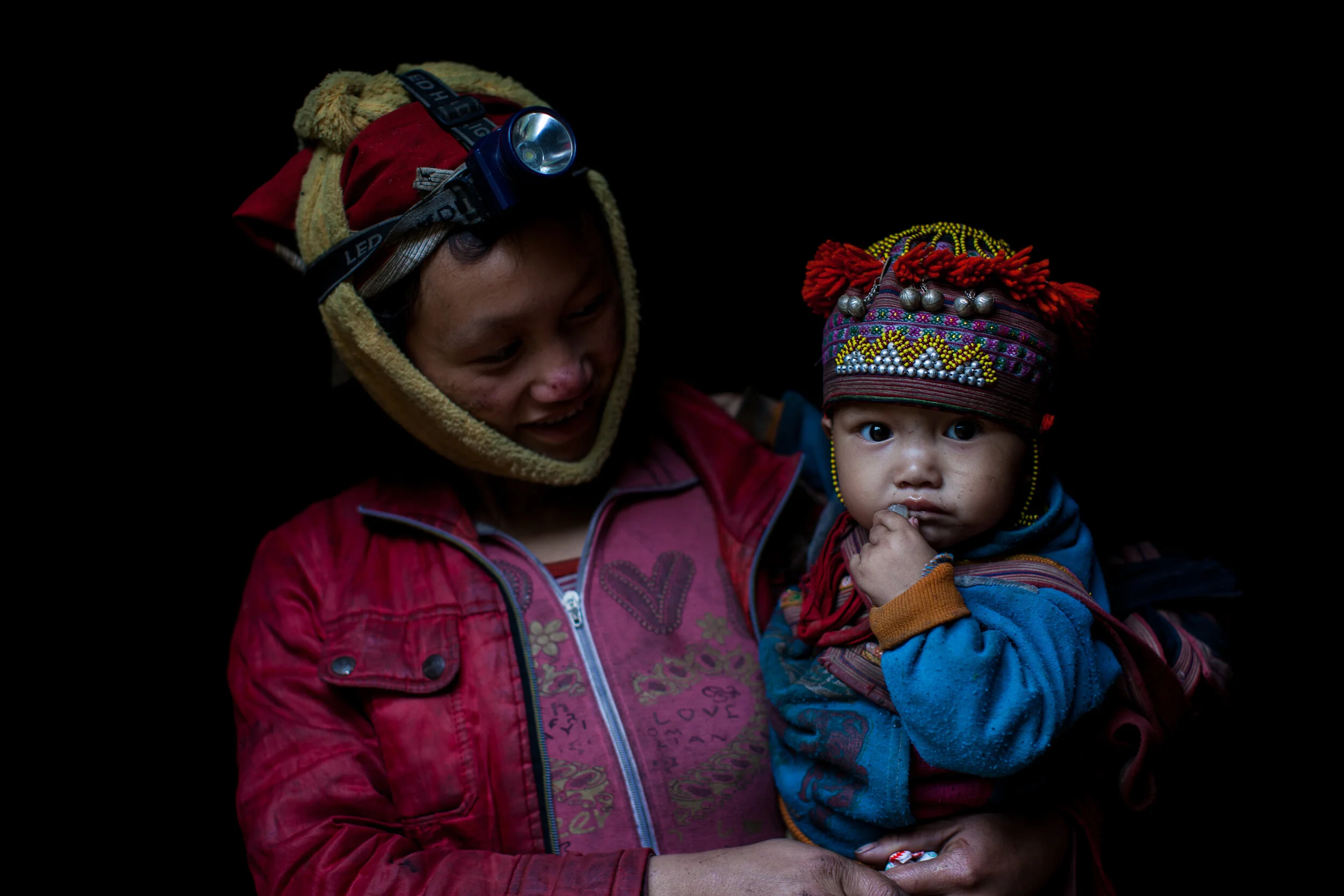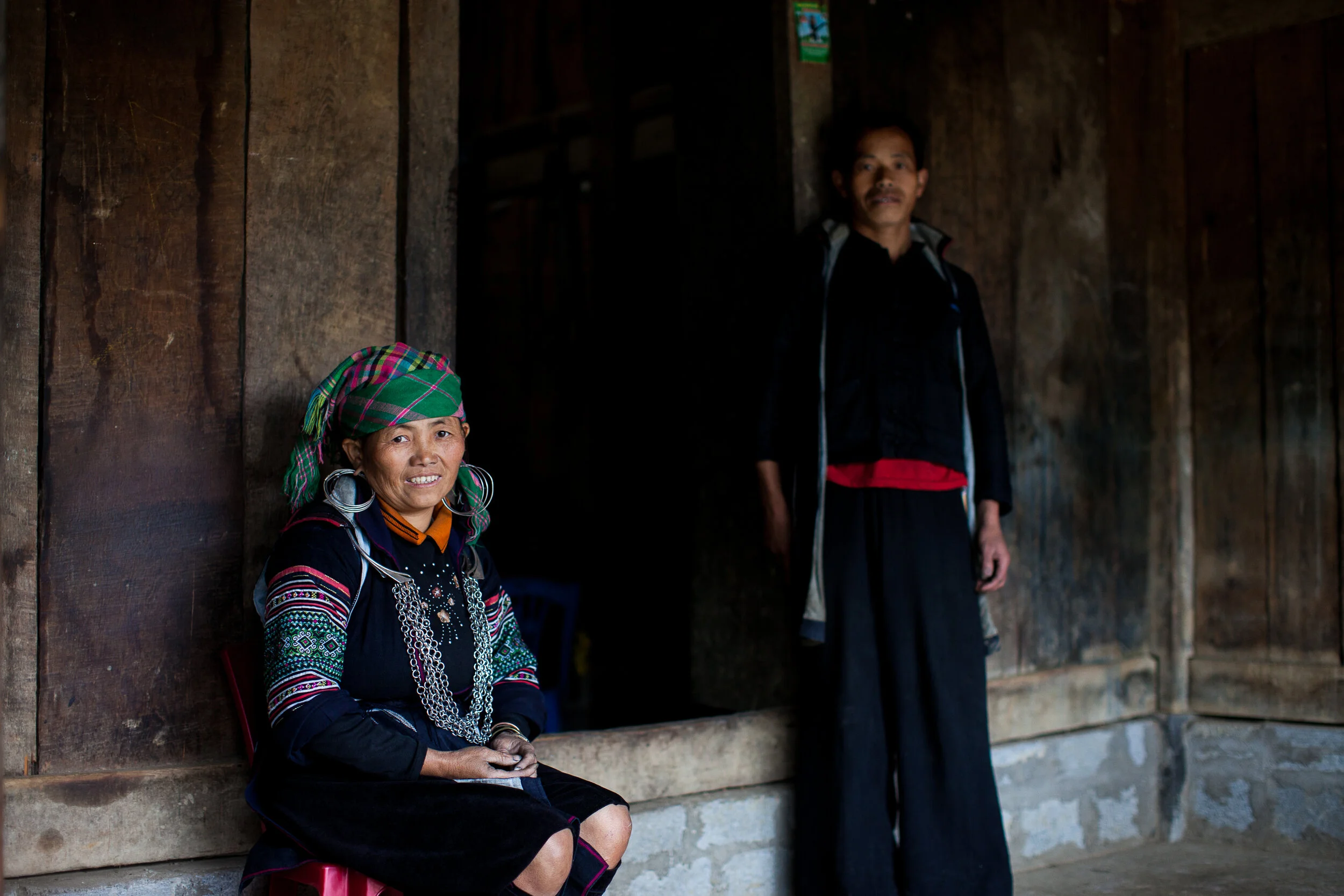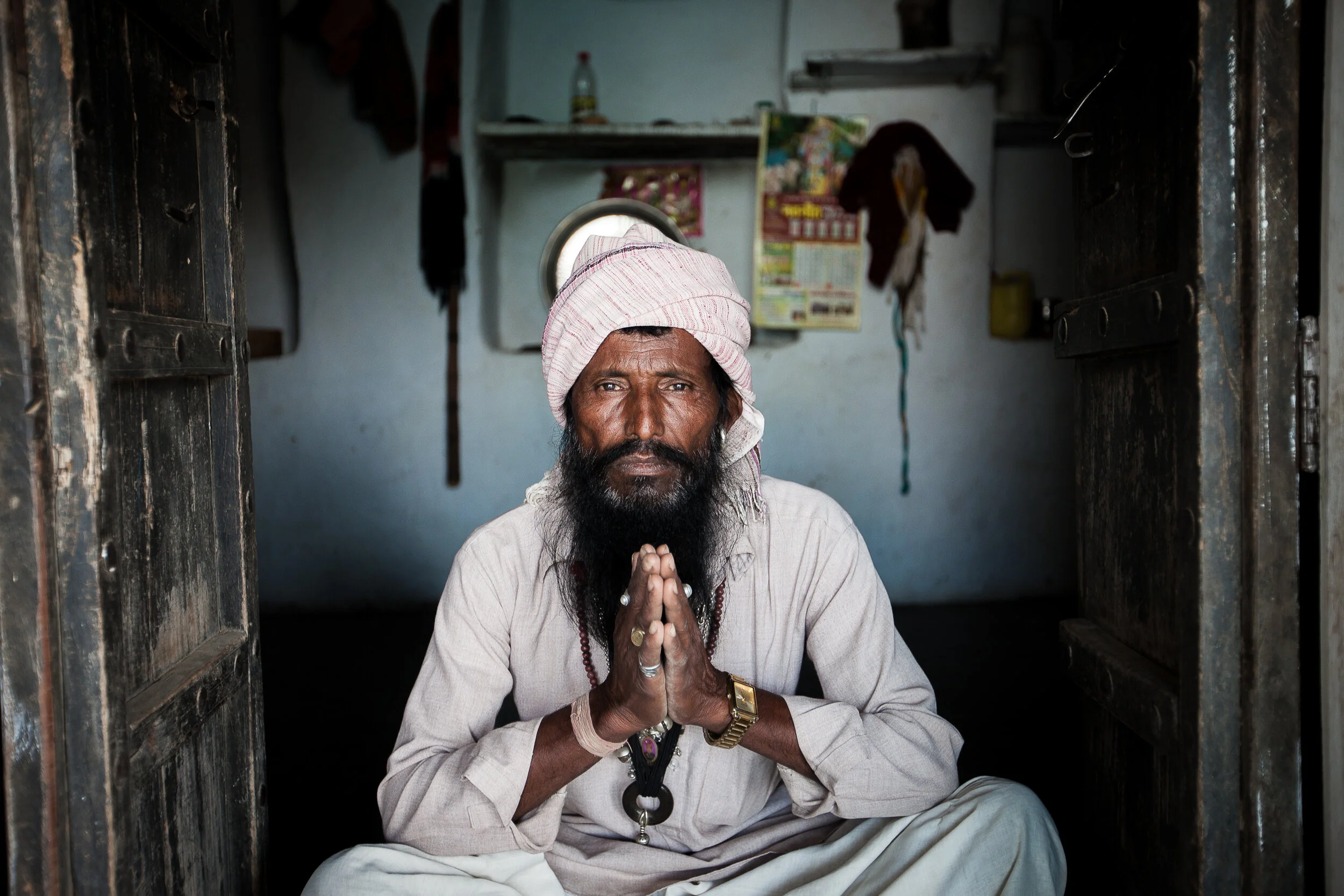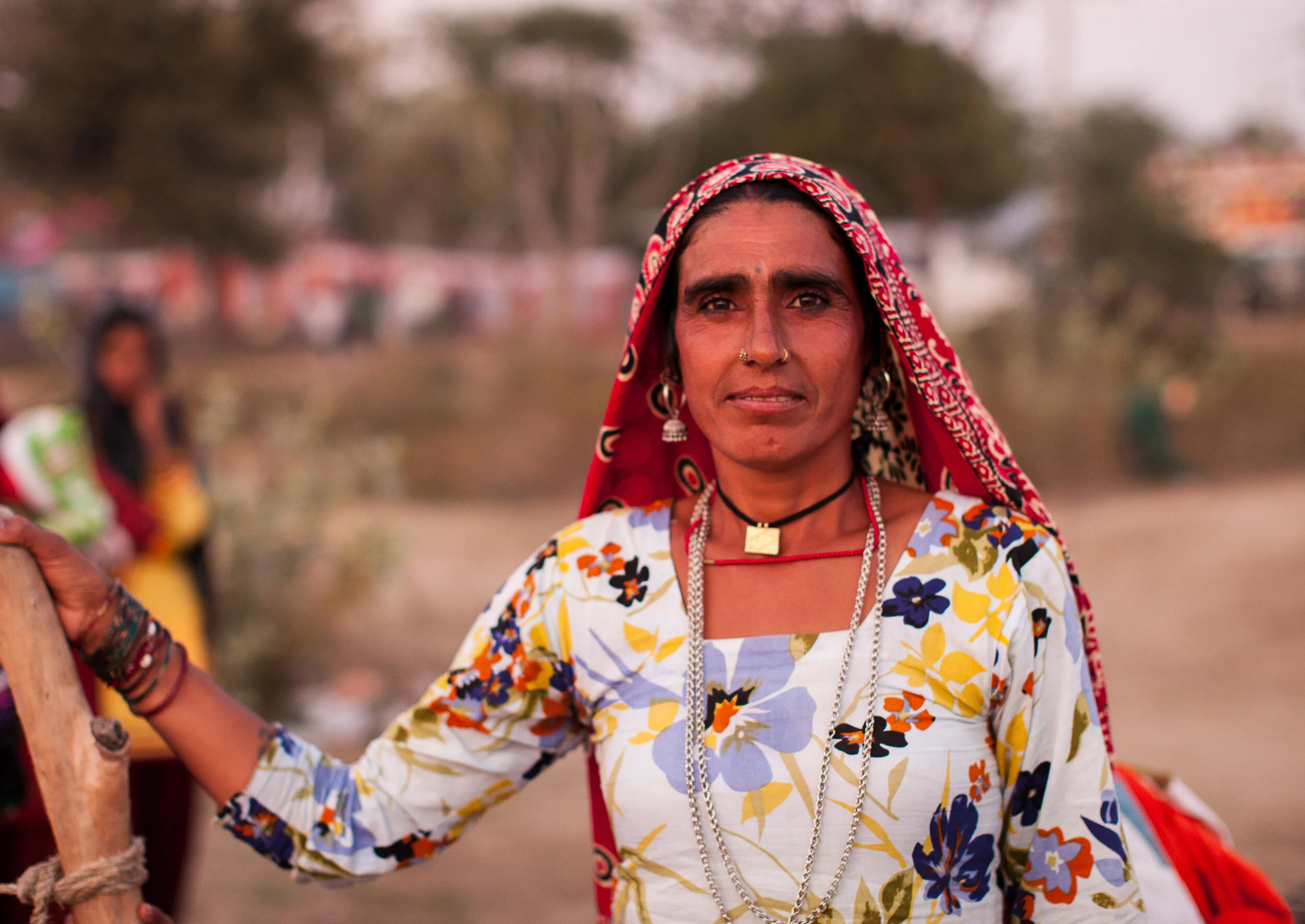Text by Diana Marcela Garcia Bermudez.
As the jungle falls, we realize that, despite the attempts of the white man to destroy it, it is still impossible to divide, when talking about the Amazon, one should not only talk about the jungle, animals and plants, one should talk about its population, its cultures, its knowledge and its ancient cosmology.
To start this trip, it is necessary to first mentally locate yourself in the Amazon, and try to understand what it means to go geographically to a part of the largest tropical forest in the world, which is distributed among nine countries, of which Brazil and Peru have the largest extension, followed by Colombia, Bolivia, Venezuela, Ecuador, Guyana, Suriname and French Guiana.
To find the Matís, we left from Colombia, where 44.3% of the territory is the Amazon jungle, here is a city called Leticia, it is a commercial port, triple border between Brazil, Peru and Colombia, an amalgamation of ethnic groups, colors, smells and unique exotic flavors, some like: cupoazu, camu-camu, a fruit with five times more vitamin C than an orange, mojojoy or palm worm, pirarucu or arapaima, the largest fish in the Amazon River, just to name a few. . This city is one of the water gates into the depths of the tropical rainforest of any of these three countries.
Leaving the port of Leticia, it is three and a half hours navigating the majestic Amazon River or Solimões as it is known in the area, to reach one of its largest and most important tributaries in the area called: The Yavarí River, which exercises the natural border Between Brazil and Peru.
During the ride, you can see the riverside Amazon populations such as Atalaia do Norte, or Benjamin Constant, which still preserve the vestiges of what was the period of the great colonization and rubber exploitation, these combined with the most paradisiacal places and animal species of exotic beauty, infinite fauna and native flora everywhere.
We have arrived at a natural reserve located in the Yavarí River Valley, it is the second largest indigenous area in Brazil, declared so in the early 80's by FUNAI (National Indian Foundation). Brazilian government entity created with the aim of delimiting and protecting indigenous groups that were being displaced and threatened by economic interests of the moment and that still threaten them today.
The Matís share that territory with other tribes such as: The Kanamari, the Marubo, the Mayoruna, and the Korubo. FUNAI is prohibited from visiting these communities in their territories, after the 1983 encounter with loggers and rubber tappers in poor health, led to several epidemics that decimated the population, especially their caciques and those who possessed ancestral knowledge. which is transmitted orally in Pano language. After these events, the frightened and traumatized survivors abandoned their characteristic nomadic life in the jungle and regrouped on the banks of the Ituí River, ensuring their easy access to medicines to combat malaria or dysentery. Today they have had an increase in their population due to the protection of FUNAI and some families are returning to their territories.
They have a very rich culture and many beautiful ceremonies that we were able to take part in, such as the Mariwin ceremony, El Kambó, El Buchete and the preparation of Curare.
The Matís family, who agreed to receive us, camped near the reserve and at our first meeting they received us by painting us with Huito, a natural dye that is used as a repellent and as a sunscreen. The family is made up of chief Bina, his two wives (both sisters), her two daughters, her granddaughter, her sister-in-law and two of her daughters. To understand a deep and ancient society, the greatest number of learned paradigms must be left behind, for example, in the Matis ethnic group, if a woman is pregnant and gives birth to twins, the caciques choose one of the infants to be sacrificed, because it is believed that the dual spirit that inhabits all of us individually when two people are born in one birth, this spirit is divided between them like this: a good being and a bad being, then, to restore balance to the community, one of them it must cease to exist so that duality returns to that child who survives.
The Matis are known as the "Jaguar Tribe" not only live and share the territory with the majestic feline, but because they make facial modifications at different stages of their lives to symbolize different status and levels of maturity, both men and women. , inlays of palm thorns in the nose to simulate whiskers, tattoos on the face and modifications to the ears with wood and freshwater molluscs shells, among other modifications.
Knowledge is represented in the woman and they have the same value in the community as the man do, something to take into account is that the Matís are polygamous, this is how their social relationships are established, it is considered that in this way the millennial knowledge for the care of the land, the family, health is perpetuated, although it is not concentrated only in the For the indigenous women, knowledge is a whole, knowledge is in the children, in the caciques, the animals, the light, the earth, the stones, the sand, knowing is achieving the point of balance between the physical and the spiritual.
The Kambó Ceremony or poisonous frog (Phyllomedusa bicolor) which is searched for at night and involves the use of a toxin. Women are usually the ones who extract the poison, stressing the frog to release it through its skin, and without injuring the frog, they release it after drying the toxin on a piece of wood. To continue, the superficial layer of the skin is burned, whether it is a man or a woman who is going to perform the ceremony, then the outer layer of burned skin is removed and the frog toxin mixed with human saliva is applied to the wound with the purpose of activating it. Although not hallucinogenic, the physiological response is very intense and the Matis believe that the poison in frogs increases strength and stamina, making them better hunters. The Matís explained to us that there is a transfer of energy from whoever applies the toxin, in this case, typically an older woman, and whoever receives it is often someone younger.
The Mariwin ceremony is very colorful, the participants paint their bodies black, wearing only green leaves and red clay masks that the women design and bake in the jungle, one of the many skills they possess. The masked beings represent "ancestral spirits" and carry whips that they usually use to hit children and adolescents, an act that also carries that energy of the ancestors who want to remove laziness and disrespect from the body.
The daily life of the Matis consists of creating those utensils they need to survive, such as blowguns, which are beautiful works of art as well as being precision instruments. The Matis often decorate their blowpipes with mosaics made from pieces of turtle eggshells, resulting in beautiful and functional instruments. The blowpipe darts have tips with curare venom, which is a neurotoxin found in different plants. Knowing the environment plays a key role here, since they depend on the effect of curare to paralyze their prey. These indigenous peoples of the Amazon have developed a very impressive technology for hunting with a blowgun and are capable of hunting at distances of up to 40 meters, also impressive their ability to climb trees to reach those prey that do not fall immediately. We witnessed how one of the daughters of Bina.; Dani climbed a spider monkey with impressive speed and precision to ensure the family's food on that hunting day.
Animals hunted by the Matis include peccaries, tapirs, sloths, spider monkeys (known in the region as 'macaco preto', black monkey), woolly monkeys, dusky marmosets, white-lipped tamarins, howler monkeys, and alligators. We can also add some large birds, the crops are temporary and the basic products of these frictions are cassava, bananas, peach and corn; the consumption of this last crop is essentially ritual.
Protectors of nature, holders of universal knowledge that is maintained by the force that surrounds all peoples with the soul of the earth, now that the damage to these communities has been done, now that efforts have been made to compensate for the bad actions on them, it is now necessary to take the time and see, feel, listen, and experience a little from the perspective of those who are not the past but the future of us, constantly learning and unlearning. As many times as necessary.
It is incredible and truly fortunate to meet a community like the Matis, it makes us think of all the knowledge that has been lost and that which is still waiting, hidden in the heart of the Amazon, a place of vast wisdom, where the system of thought is concentrated. organizational and vision of so many indigenous groups and tribes, who despite their differences understand that thought, life support systems and the health of the planet, of ourselves, pass through their territories. Preserve them because it is life, if the jungle lives, we live, look for socio-cultural tools that allow us to achieve well-being as those complete ancestral societies did, and still do.

